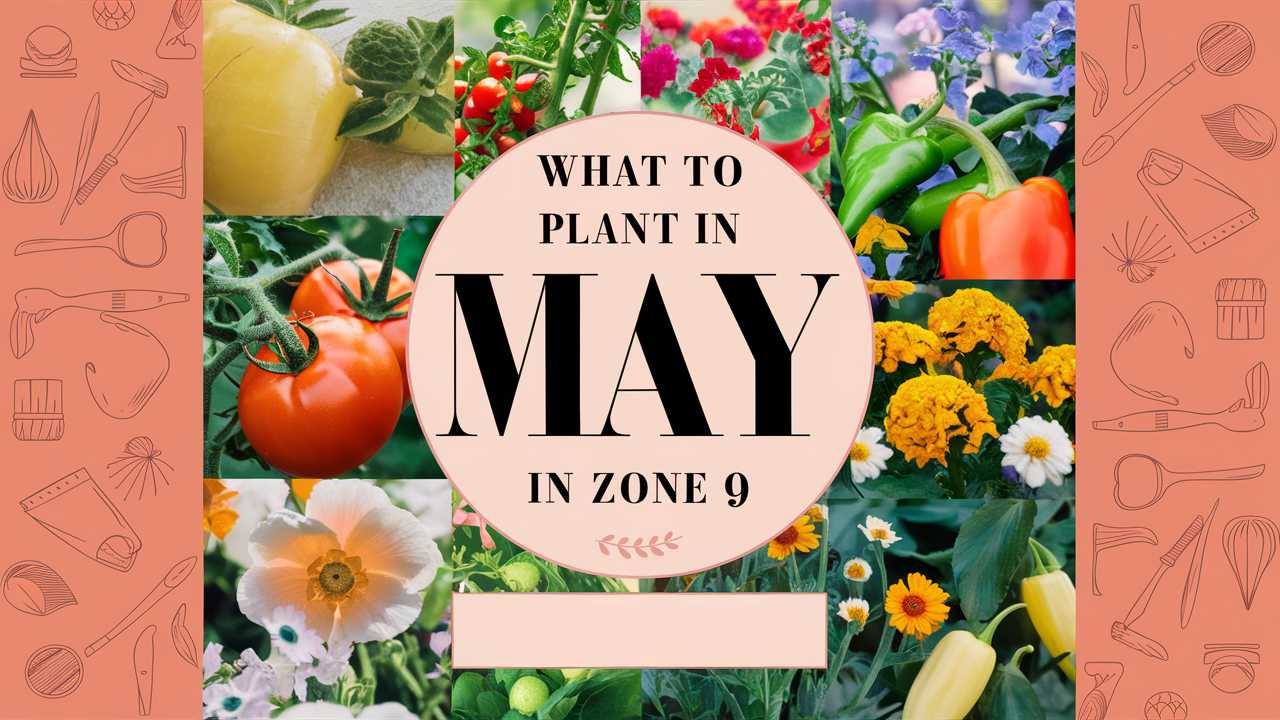This guide will explore a variety of tropical vegetables, flowers, perennials, bulbs, fruits, herbs, and landscape plants that can be successfully planted during this season.
Tropical Vegetables To Plant
Okra (Abelmoschus esculentus)
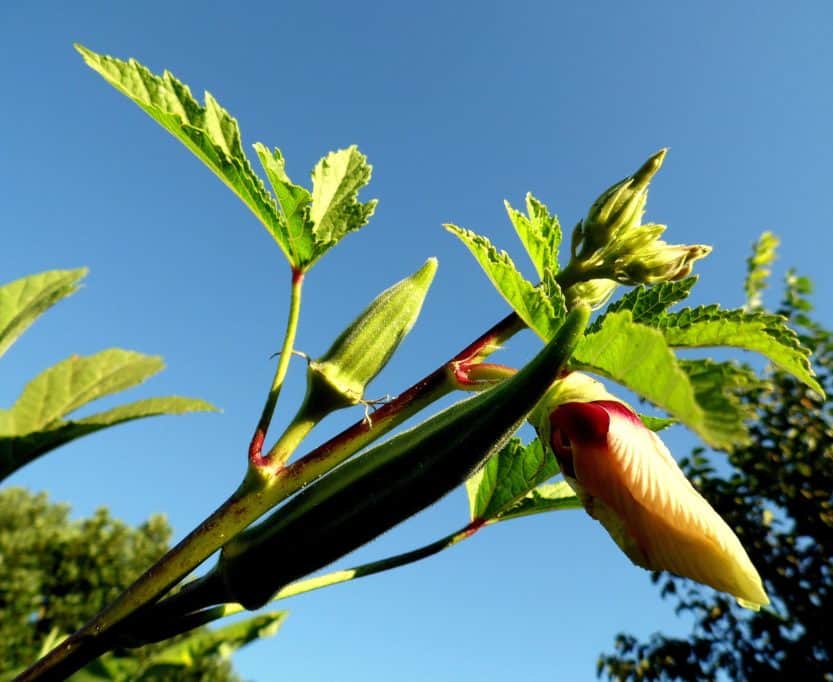
Okra thrives in hot weather, making it perfect for Zone 9’s tropical climate. This warm-season vegetable prefers soil temperatures of at least 65°F (18°C) for optimal germination. In May, sow seeds directly in well-drained soil, spacing them about 12-18 inches apart to allow for their growth habit. Ensure that the soil is rich in organic matter to support their nutrient requirements.
Regular watering is crucial, especially during dry spells, but be careful not to overwater, as okra does not like “wet feet.” With plenty of sunlight and fertile soil, these plants can grow tall and produce their characteristic green pods within two to three months. Okra also attracts beneficial insects, such as pollinators, contributing to a thriving garden ecosystem.
Bell Peppers (Capsicum annuum)
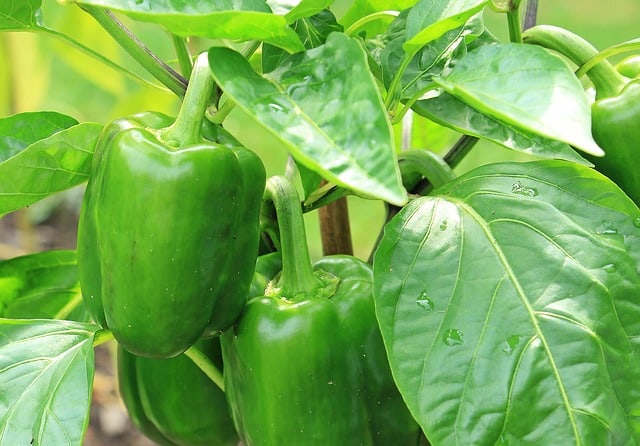
Bell peppers love warm temperatures and are best planted in May when nighttime temperatures no longer drop below 60°F (15°C). Start seeds indoors 8-10 weeks before planting or purchase healthy seedlings from a nursery. When transplanting outdoors, ensure they are spaced about 18-24 inches apart to have enough air circulation and sunlight.
Bell peppers enjoy nutrient-rich, well-drained soil and benefit from the addition of compost or well-rotted manure. Consistent watering is key; aim for one inch of water weekly, allowing the soil to dry slightly between waterings. Fertilizing during the growing season can support higher yields while maintaining healthy foliage. Harvest your bell peppers once they reach the desired size and their color turns vibrant.
Eggplant (Solanum melongena)
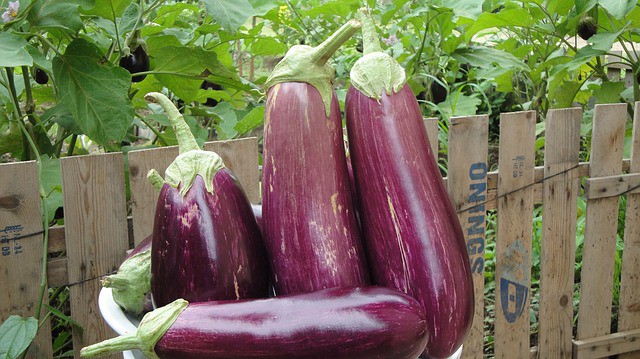
Eggplants thrive in hot conditions, preferring temperatures between 70°F to 85°F (21°C to 29°C). Start seeds indoors around 8-10 weeks before the last expected frost date or purchase warm-weather varieties from a nursery. When transplanting, consider spacing plants about 18-24 inches apart in rows to allow for growth and air circulation.
Eggplants thrive in fertile soil enriched with compost. These plants require regular watering, ensuring the soil remains evenly moist but not soggy. Mulching around the base can help retain soil moisture while suppressing weeds. Once the fruits are glossy and reach about 6 to 8 inches long, they are ready for harvesting.
Sweet Potatoes (Ipomoea batatas)
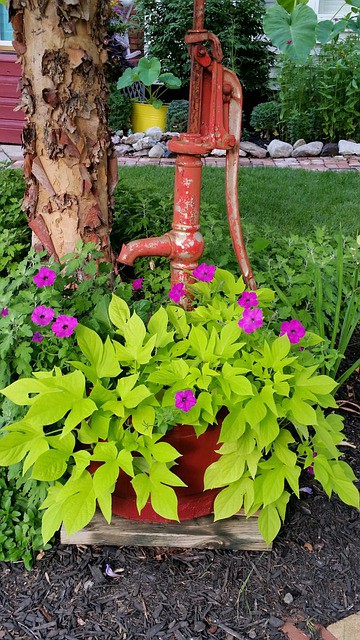
Tropical sweet potatoes thrive in warm conditions, preferring soil temperatures between 70°F to 95°F (21°C to 35°C). Plant slips (young plants) in well-drained soil during May, spacing them at least 12-18 inches apart. Choose an area with plenty of sunlight, as sweet potatoes require a lot of energy to produce their starchy tubers.
Regular watering helps the plants establish themselves, especially during hot, dry spells. Avoid excessive watering, which can cause rot; instead, aim for moderate moisture in the soil. Sweet potatoes typically take around 90-150 days to mature, so monitor the foliage; when the leaves begin to yellow, it’s time to harvest your sweet potatoes.
Malabar Spinach (Basella alba)
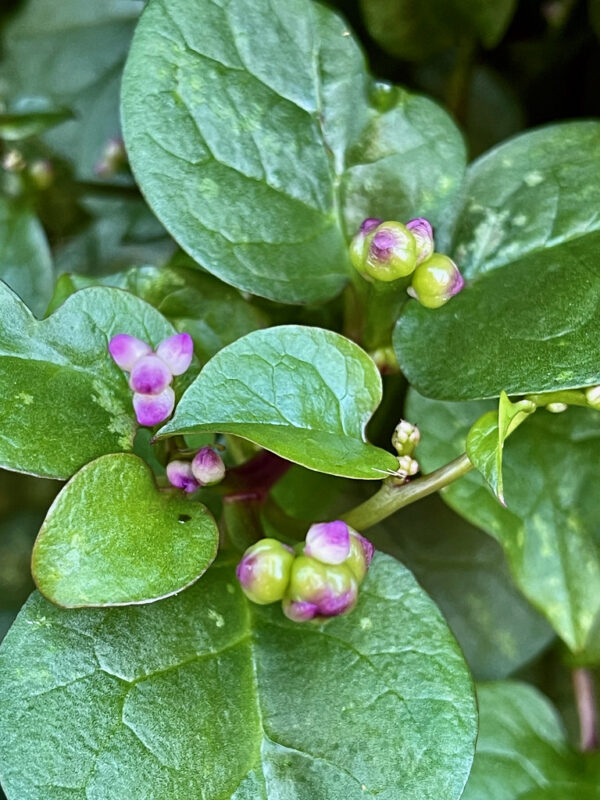
Malabar spinach is a heat-loving vine that adapts well to Zone 9’s climate. Plant it in May when temperatures remain consistently warm, with optimal growth occurring at 70°F to 95°F (21°C to 35°C). Sow seeds directly in the ground or start them in seed trays, waiting for two to three weeks before transplanting.
This tropical plant prefers well-drained soils rich in organic matter and enjoys full sunlight or partial shade, thriving in moist but not soggy conditions. For support, provide a trellis or pole for the vines to climb, making maintenance easier. Regular watering will promote lush growth, and the leaves can be harvested as needed for salads or cooked dishes.
Cucumbers (Cucumis sativus)
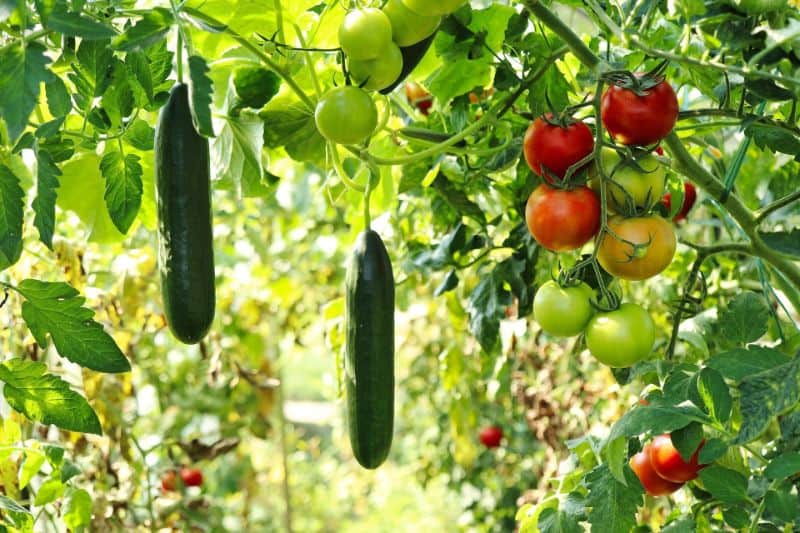
Cucumbers flourish in warm weather and should be planted directly into the garden in May when soil temperatures are consistently warm. Prepare the soil by mixing in compost or well-rotted manure to enhance fertility. Cucumber seeds can be sown 1 inch deep, with plants spaced 12 inches apart in rows.
Ensure the plants receive full sunlight and consistent moisture. Watering deeply once a week—more frequently during dry spells—will help keep the plants healthy. Mulching around the base can help retain soil moisture. Cucumbers typically mature in about 50-70 days, so regularly check for their development, harvesting them once they are firm and reach the desired size.
Cowpeas (Vigna unguiculata)
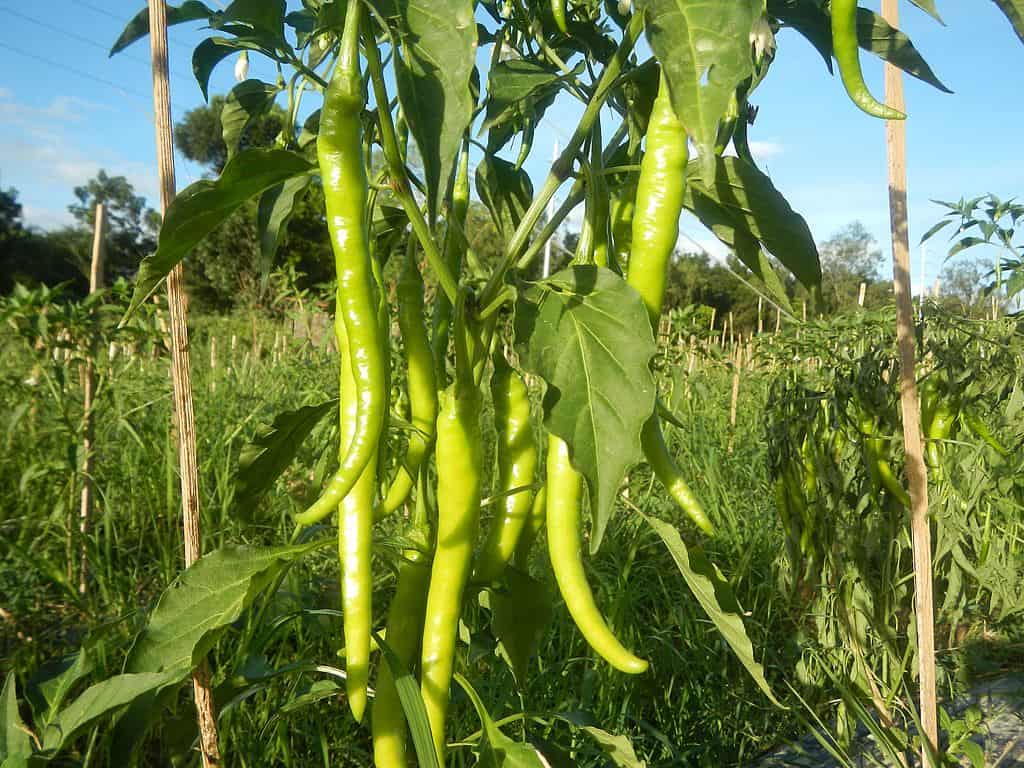
Cowpeas are drought-resistant and grow well in hot climates, making them ideal for May planting in Zone 9. Plant seeds directly in the garden into well-draining soil, spacing them about 12 inches apart. They thrive in temperatures between 75°F to 95°F (24°C to 35°C) and prefer full sun.
These plants require minimal maintenance but do benefit from moderate watering to establish roots. They are nitrogen-fixing, enriching the soil as they grow, and their pods will be ready for harvest within 60-90 days. Cowpeas can be used in various dishes, from stews to salads.
Zucchini (Cucurbita pepo)
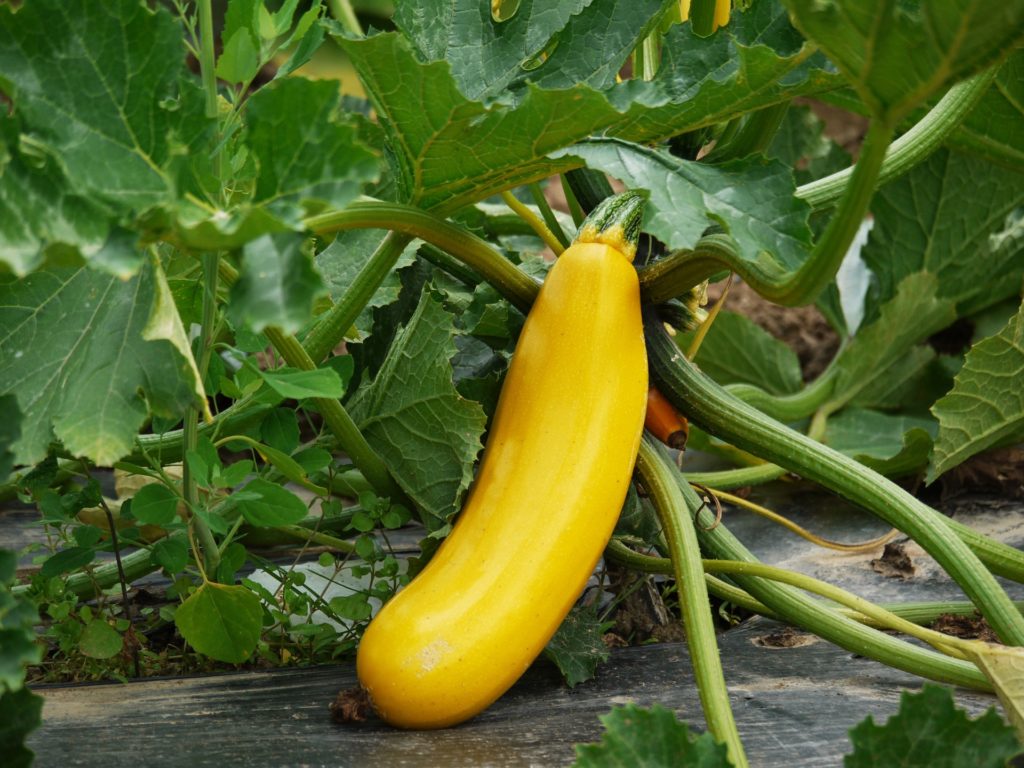
Zucchini is a prolific producer often suited for Zone 9’s warm climate. Directly sow seeds in well-draining soil around May, leaving about 2 feet between plants for ample growth. Zucchini thrives at temperatures of 65°F to 90°F (18°C to 32°C) and enjoys full sun exposure.
Regular watering is essential during their growth, ensuring the soil remains consistently moist but not soggy. A mix of balanced fertilizer during the growing season can encourage abundant yields. Zucchini generally matures in about 50-70 days, so check plants frequently and harvest young, tender fruits regularly for the best flavor.
Tomatillos (Physalis philadelphica)
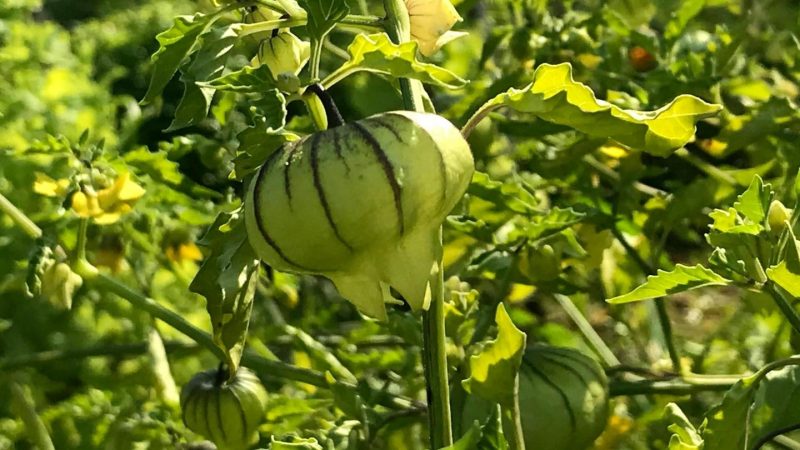
Tomatillo plants flourish in warm climates, making them suitable for planting in May. Each plant needs a sunny location and well-drained soil; seeds should be sown about 1 inch deep, with spacing of about 3 feet apart to accommodate their growth this summer.
Water tomatillo plants moderately—giving them deep soakings rather than frequent light watering promotes the health of the root system. Fertilizing every few weeks with balanced fertilizer can enhance fruit production. Tomatillos typically mature within 70-90 days, so keep an eye on the husks! Once they begin to swell and the fruit fills the husk, they will be ready for harvest.
Chayote (Sechium edule)
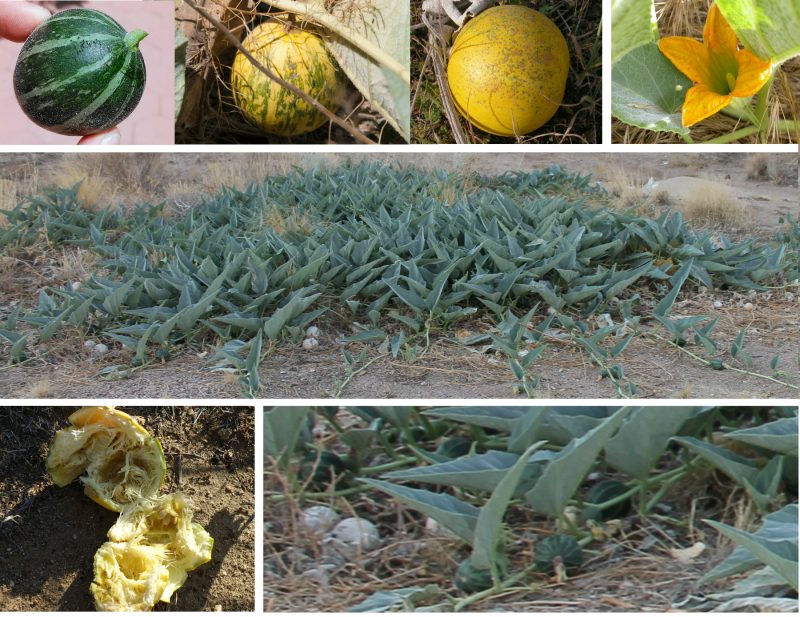
Chayote, also known as vegetable pear, is a hardy perennial plant ideal for hot climates. Planting in May allows the plants to mature through the summer. Use an entire chayote fruit as your starter—plant it about 4 inches deep in well-draining soil with the sprout facing upward.
Chayote enjoys rich, moist soil with good drainage. Water regularly to ensure healthy growth, especially in the first few weeks after planting. This vine can climb trellises or fences, creating a tropical effect in your garden. Expect to harvest your chayote fruit in about 100-150 days when they are firm and green.
Tropical Flowers To Plant
May is a vibrant month to enhance your garden with tropical flowers that bloom brilliantly in warm weather. Below are ten flowering plants that will thrive in Zone 9’s summer heat, along with detailed planting and maintenance advice for each.
Hibiscus (Hibiscus rosa-sinensis)
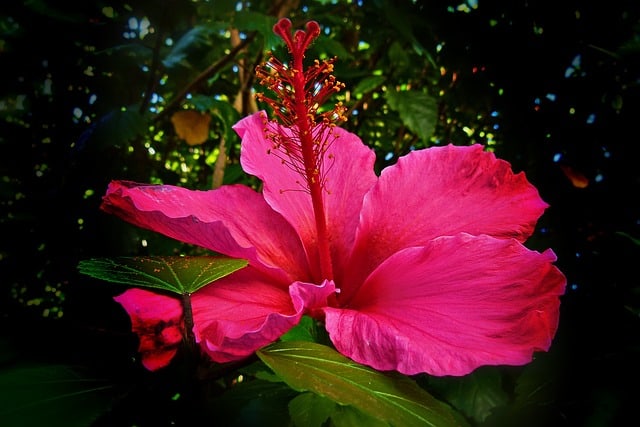
Hibiscus flowers are iconic in tropical gardens, thriving in full sun and heat. Ideal planting occurs in May when nighttime temperatures are consistently above 60°F (15°C). Plant hibiscus in well-draining soil enriched with organic matter, giving it plenty of room to spread.
Regular watering is essential for hibiscus to keep the soil moist but not waterlogged. These plants generally benefit from a balanced fertilizer every four to six weeks during the growing season to enhance blooming. Expect vibrant flowers within weeks, and remember to prune your hibiscus in late winter or early spring to encourage bushier growth.
Bougainvillea (Bougainvillea spp.)

This stunning, climbing vine explodes with color and is perfect for your garden. Perfectly suited for May planting, bougainvillea thrives in full sun and can handle drought conditions. Plant in well-draining soil; amend with compost for increased fertility.
Water young plants deeply until established, but once mature, bougainvillea prefers to dry out between waterings. This hardy plant blooms profusely in warm conditions and requires minimal fertilization. Regular pruning helps promote healthy growth and encourages more vibrant blooms.
Plumeria (Plumeria spp.)
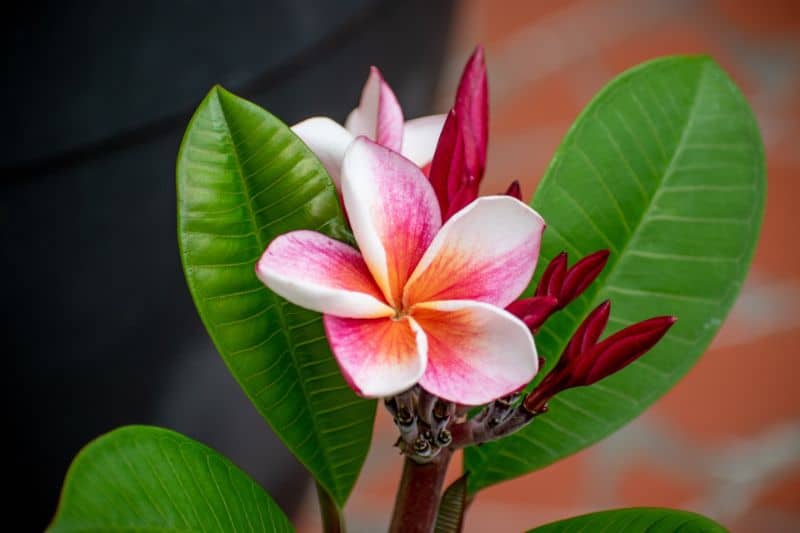
This tropical tree is known for its fragrant blooms, ideal for planting in May to create a warm ambiance in your garden. Plumeria prefers well-draining sandy soil and thrives in temperatures between 65°F to 95°F (18°C to 35°C). Space plants about 6-10 feet apart to allow their growth.
Water young plants consistently; as they mature, reduce watering frequency to allow the soil to dry between waterings. Fertilize every six to eight weeks during the growing season with a balanced fertilizer to enhance blooming. The intoxicating fragrance of plumeria flowers can transform your garden into a tropical paradise.
Lantana (Lantana camara)
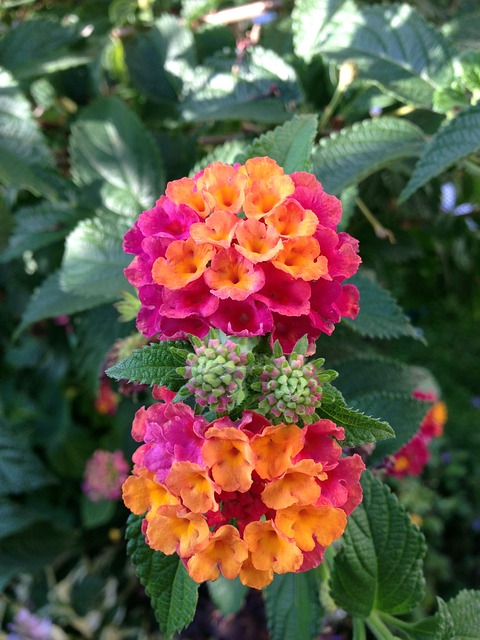
Lantanas are spectacular for their vibrant clusters of flowers that bloom throughout summer and fall. They are ideal for planting in May, thriving best in full sun with heat tolerance between 65°F and 100°F (18°C to 38°C). They prefer well-drained soil, and regular watering during the establishment period is crucial.
Once established, lantanas are drought-tolerant and require minimal maintenance. Prune periodically to encourage bushier growth and remove any dead flowers. Their blooms attract butterflies and hummingbirds, making them an excellent addition to any garden.
Marigold (Tagetes spp.)

Marigolds are cheerful annual flowers that are incredibly easy to cultivate in May. They thrive in full sun and prefer temperatures between 60°F to 90°F (15°C to 32°C). Prepare well-draining soil and sow seeds directly into the ground or transplant seedlings.
Ensure consistent moisture as marigolds establish, but avoid overwatering. Deadheading spent flowers promotes prolonged blooming and vibrant growth. Not only do marigolds add a burst of color to your garden, but they also repel many garden pests.
Canna Lily (Canna indica)
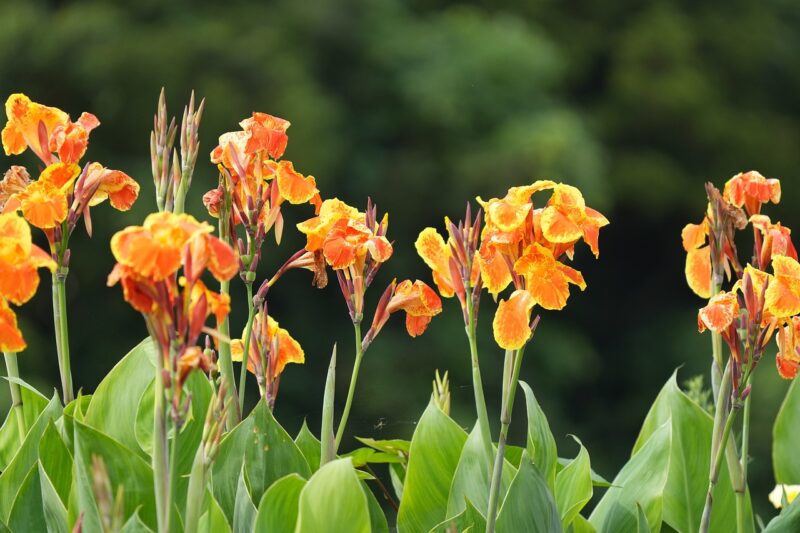
Canna lilies are perfect for adding exotic beauty to your landscape. Plant canna tubers in May in warm, rich, and moist soil with good drainage. They thrive in full sun, with temperatures ranging from 60°F to 100°F (15°C to 38°C). Space plants about 18-24 inches apart to allow for their size.
Regular watering is crucial, especially during dry periods, while mulching around the plants can help retain soil moisture. Fertilizing every few weeks with a balanced fertilizer will yield lush growth and beautiful blooms throughout summer.
Zinnia (Zinnia elegans)
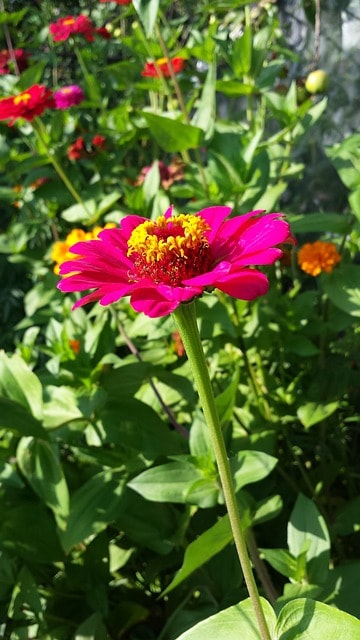
These delightful annuals are perfect for sunny areas and will thrive in warm temperatures. Plant zinnia seeds directly in the garden or start them indoors 4-6 weeks before May. They prefer well-draining soil and can tolerate temperatures between 70°F to 100°F (21°C to 38°C).
Zinnias are drought-tolerant once established, requiring moderate watering to prevent wilting. Deadheading regularly encourages more blooms, and their vibrant colors will attract butterflies—making zinnias a fantastic choice for both beauty and biodiversity.
Plumbago (Plumbago auriculata)

Plumbago produces delightful blue or white flowers that are excellent for borders or as a backdrop in your garden. Ideal for planting in May, they thrive in full sun and prefer temperatures ranging from 50°F to 100°F (10°C to 38°C). Provide well-drained soil with adequate organic matter.
Water regularly but allow the soil to dry between waterings once established. Prune to manage size and promote bushier growth, ensuring a bountiful display of blooms throughout summer. This plant attracts butterflies and can thrive in hot, sunny patches.
Sunflowers (Helianthus annuus)
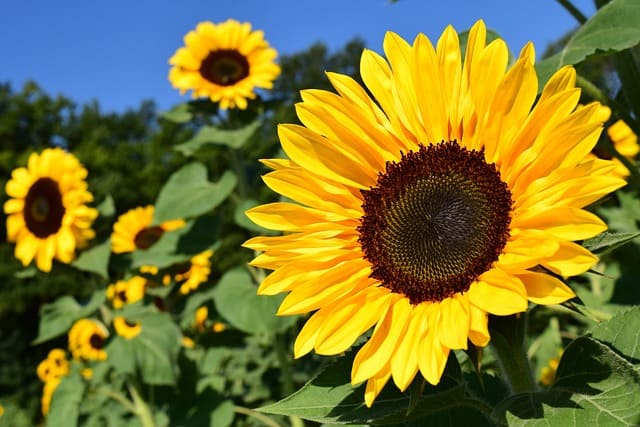
These iconic flowers thrive in warm weather and can be directly sown into the ground in May. Sunflowers prefer full sun and are planted 1-2 inches deep, with a spacing of 6-12 inches between seeds, depending on the variety. They grow best with temperatures between 55°F and 100°F (13°C to 38°C).
Sunflowers require consistent watering, especially as they germinate. Support larger varieties with stakes if necessary, and consider rotating them yearly to aid soil health. Once the flower heads are fully open and the seeds develop, harvest for snacking or bird feeding.
Geranium (Pelargonium spp.)

Tropical geraniums provide lovely blooms for warm climates and are perfect for planting in May. They enjoy well-drained soil and should be spaced 12-18 inches apart for optimal growth. Geraniums thrive in temperatures between 65°F and 80°F (18°C to 27°C) and do best in full sun or light shade.
Water consistently, allowing the plants to dry out slightly between waterings to prevent root rot. Fertilize every few weeks during growing seasons to encourage blooming. Removing spent blooms will enhance the flowering period, creating a vibrant flower garden.
Tropical Perennial Flowers To Plant
When looking to establish a lasting garden, tropical perennials are an excellent choice for their resilience and year-round beauty. Here’s a detailed roundup of 10 tropical perennials to plant in May, focusing on planting, care, and optimal growing conditions.
Daylily (Hemerocallis spp.)
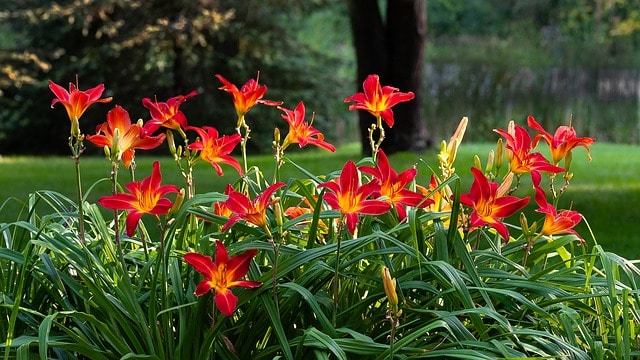
Daylilies are hardy perennials that thrive in a variety of soils, making them ideal for Zone 9. May is the perfect time for planting, as plants grow best with soil temperatures above 60°F (15°C). Space them about 18-24 inches apart to accommodate their growth, and prepare the soil with compost to enhance fertility.
Water daylilies regularly until established, allowing the soil to dry slightly between waterings. These plants enjoy full sun but can tolerate light shade. Once established, daylilies are low-maintenance—just trimming spent flowers and foliage will encourage new growth. They typically bloom in early summer, showcasing their delightful colors.
Ginger (Zingiber spp.)
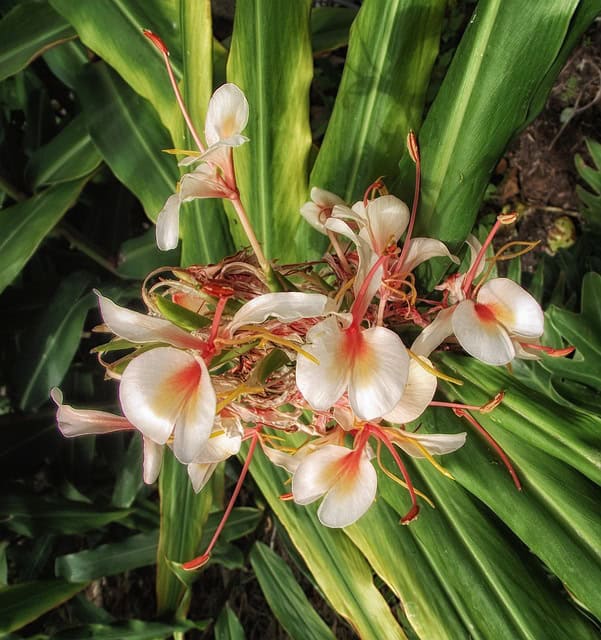
Ginger is not only a culinary delight but also adds tropical appeal to the garden. Planting ginger rhizomes in May allows time for growth. Choose a shady spot with rich, well-draining soil, planting the rhizomes around 1-2 inches deep with “eyes” facing upward.
Keep the soil consistently moist (not soggy) and provide humidity for optimal growth. Fertilize every few weeks with a balanced fertilizer, and watch for leafy growth and flowers in late summer. Harvest ginger roots when they are mature, usually 8-10 months after planting.
Butterfly Bush (Buddleja davidii)
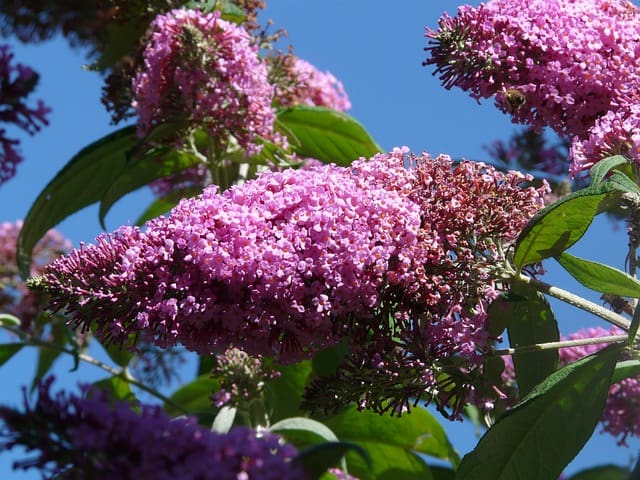
Attracting butterflies and hummingbirds, butterfly bushes are perfect candidates for May planting. They thrive in sunny areas, preferring well-drained soil. Each plant should be spaced approximately 4-6 feet apart to reach its full size and allow air circulation.
Water young plants regularly, allowing the soil to dry out between watering. Fertilize once in early spring for stronger growth and blooms. Deadheading spent flowers encourages new blooms throughout summer, providing a haven for pollinators.
Coral Honeysuckle (Lonicera sempervirens)
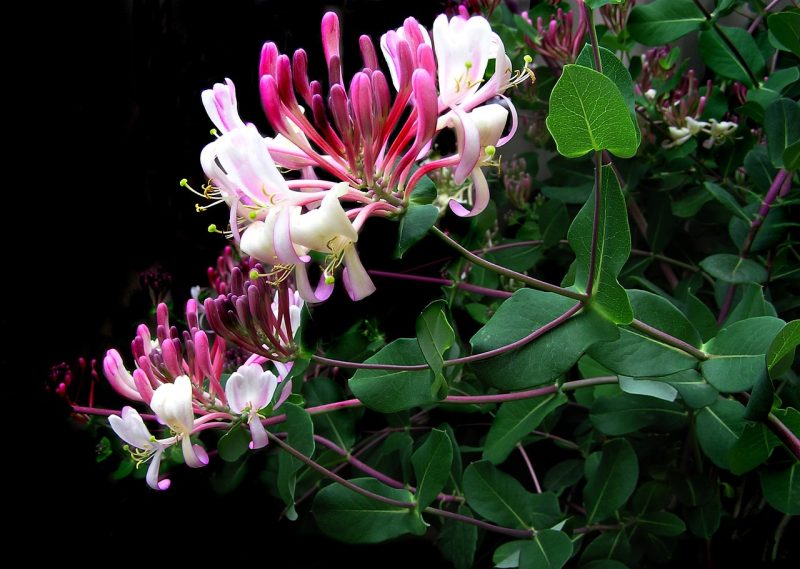
This vigorous climbing vine produces tubular, fragrant flowers that attract hummingbirds. Cultivate coral honeysuckle by planting in May, allowing the soil to warm. Space vines at least 6-8 feet apart for support structures like fences or trellises.
Water regularly but ensure the soil is well-drained, as overly soggy conditions can lead to root disease. These plants tolerate a range of soil types, making them adaptable in various landscapes. Prune to remove dead or overgrown parts regularly, promoting healthy growth.
Hellebore (Helleborus spp.)
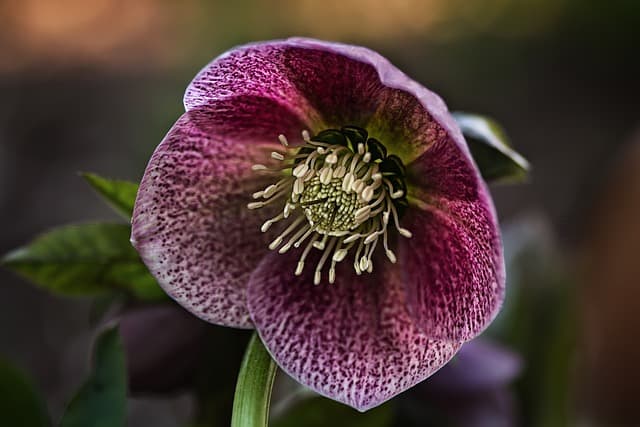
Hellebores are known for their unique blooms and evergreen foliage. Although typically planted in autumn, you can start them from pots in May for warm climates. They thrive in partial shade and prefer rich, well-drained soil with sufficient moisture.
Water regularly to ensure consistent soil moisture, particularly during dry spells. Regular cleaning of spent flowers will enhance their appearance and promote new growth. Although they typically bloom in late winter to early spring, the foliage remains striking throughout summer.
Echinacea (Echinacea purpurea)
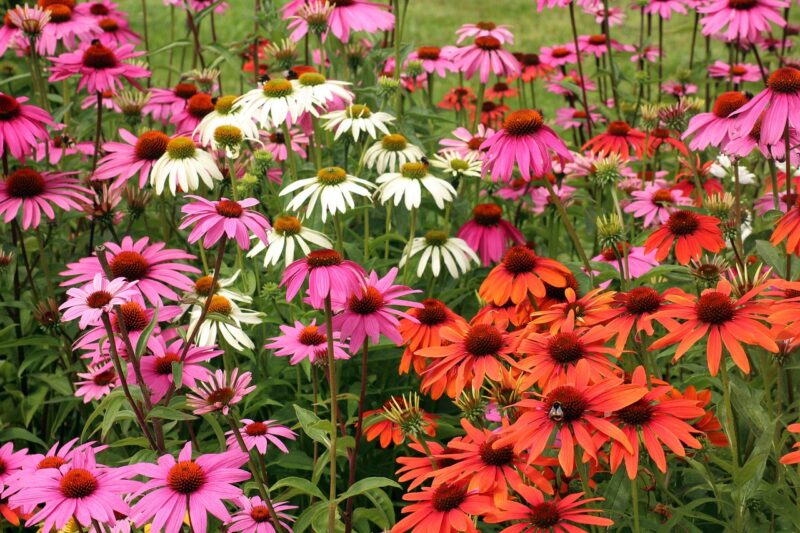
Commonly known as coneflower, Echinacea is a hardy perennial that enjoys sunny conditions and is a pollinator favorite. Plant seeds directly or buy established plants in May when soil temperatures are warm. They prefer spacing of about 12-18 inches apart to allow for healthy growth.
Echinacea prefers well-drained soil and requires moderate watering to establish roots. They are drought-tolerant once established, allowing for more resilience. Deadheading spent flowers encourages extended blooming, and Echinacea plants typically thrive during the hot summer months.
Salvia (Salvia spp.)
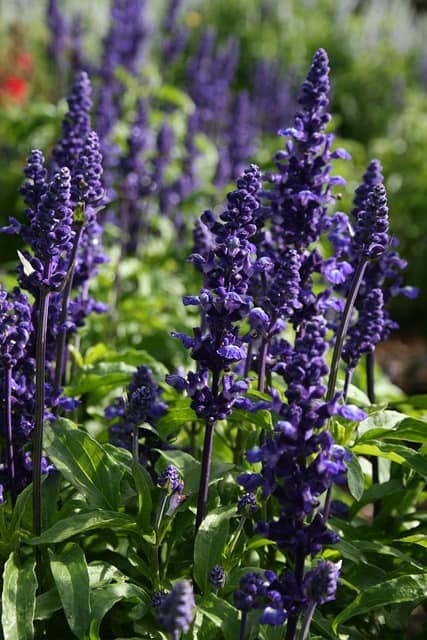
Salvia adds a flair of color to any garden and is loved by pollinators. Plant salvia seeds or seedlings in May, ensuring they are spaced 12-18 inches apart. This plant enjoys sunny spots and well-draining soil, thriving in temperatures ranging from 70°F to 100°F (21°C to 38°C).
Water regularly to support establishment; they become drought-tolerant as they mature. Fertilize sparingly during the growing season to encourage blooms, and pruning will help keep salvia bushy and encourage new growth. Enjoy their vibrant blooms attracting bees and butterflies throughout summer.
Elephant Ear (Colocasia esculenta)
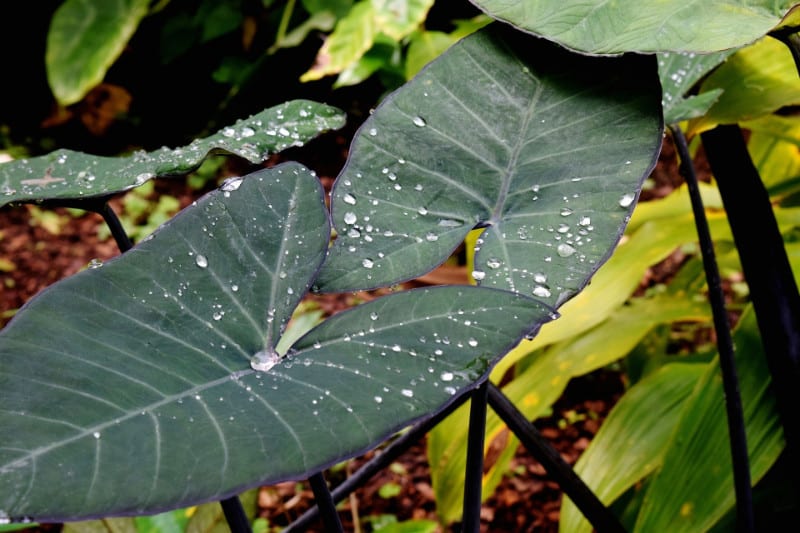
Noted for its large, dramatic leaves, Elephant Ear provides tropical allure to gardens. Plant bulbs in May, ensuring they sit 4-6 inches deep in rich, well-draining soil. Elephant Ears enjoy full sun to partial shade and require temperatures between 60°F and 95°F (15°C to 35°C).
Keep the soil consistently moist and fertilize once a month with a balanced fertilizer during the growing season. The large leaves will grow lushly, and by mid-summer, they can create an eye-catching effect as the centerpiece of your garden.
Cannas (Canna spp.)
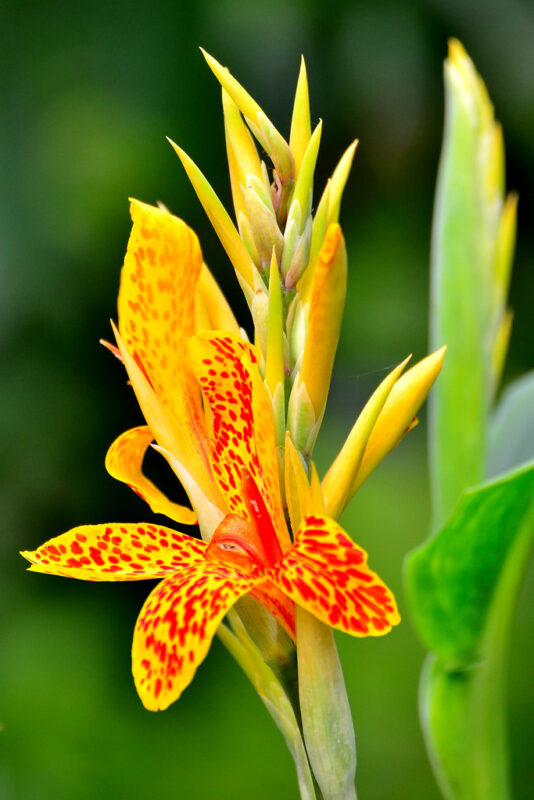
Cannas, celebrated for their spectacular foliage and flowers, thrive in warm, humid conditions. Plant rhizomes in May, spacing them 18-24 inches apart in rich, well-drained soil. They prefer full sun and can tolerate a wide range of temperatures.
Water regularly, especially during dry spells, while mulch helps retain soil moisture. Fertilize with a balanced fertilizer every few weeks during the growing season, encouraging vibrant blooms and lush growth. Cannas can create stunning focal points in your garden throughout summer.
Portulaca (Portulaca oleracea)
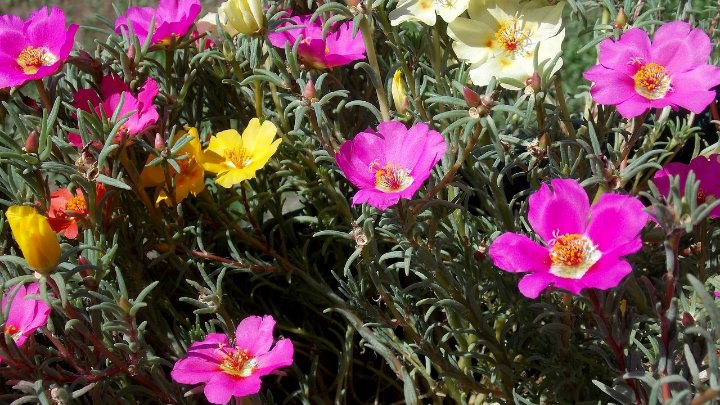
Also known as moss rose, portulaca is resilient and embraces the heat. Plant seeds in May, spacing them about 12 inches apart in well-draining soil. This low-growing perennial thrives in full sun and prefers temperatures up to 100°F (38°C).
Water sparingly as these plants become more drought-tolerant once established. They flourish in poor soil conditions, so avoid over-fertilizing, which can lead to leggy growth. The flowers will bloom open in the sunlight and close at dusk, providing colorful accents daily.
Tropical Bulbs To Plant
Bulbs can add stunning layers and texture to your garden. Here are ten tropical bulbs that are appropriate for planting in Zone 9 during May, with detailed guidance on their requirements and care.
Gloriosa Lily (Gloriosa superba)
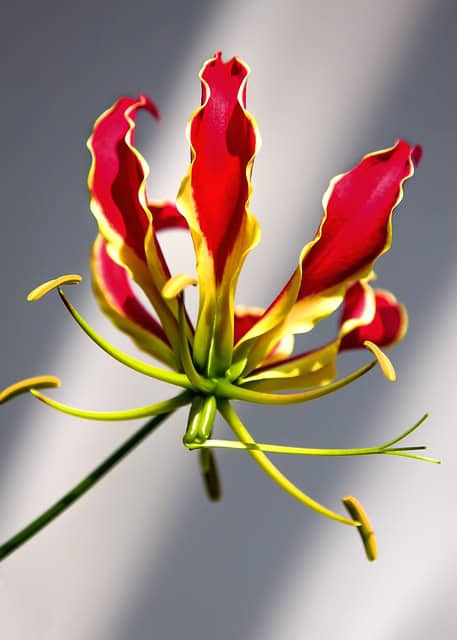
This stunning flower transforms any landscape with its unique, curling petals. Plant gloriosa lily tubers in May, approximately 4-6 inches apart in fertile, well-draining soil that receives full sun. They thrive best in temperatures ranging from 60°F to 90°F (15°C to 32°C).
Water consistently to keep the soil moist but not soggy, promoting healthy tuber growth. Fertilize every few weeks during the growing season, as this will enhance bud development. Blooms typically occur in late summer, providing a show-stopping display.
Calla Lily (Zantedeschia spp.)
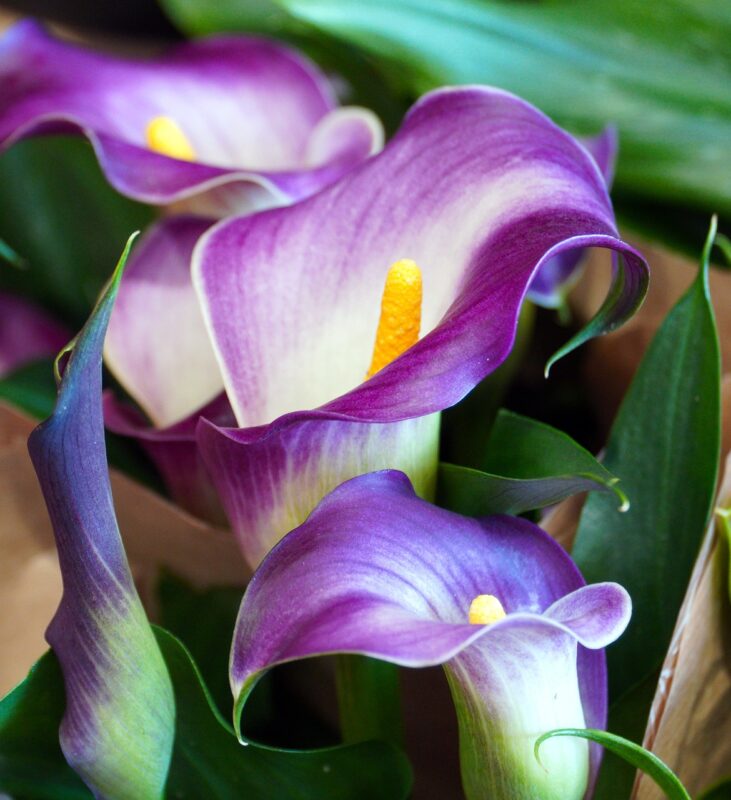
Calla lilies are cherished for their elegant blooms that rise gracefully above lush foliage. These bulbs should be planted in May when soil temperatures remain warm—preferably above 60°F (15°C). Choose a location with well-draining soil and partial to full sun for optimal growth.
Water regularly, ensuring that the soil remains consistently moist but not waterlogged. Fertilize with a balanced fertilizer every few weeks during the growing season to encourage strong growth and blooms. Calla lilies will bloom during mid- to late-summer, offering sophisticated elegance to your garden.
Amaryllis (Hippeastrum spp.)
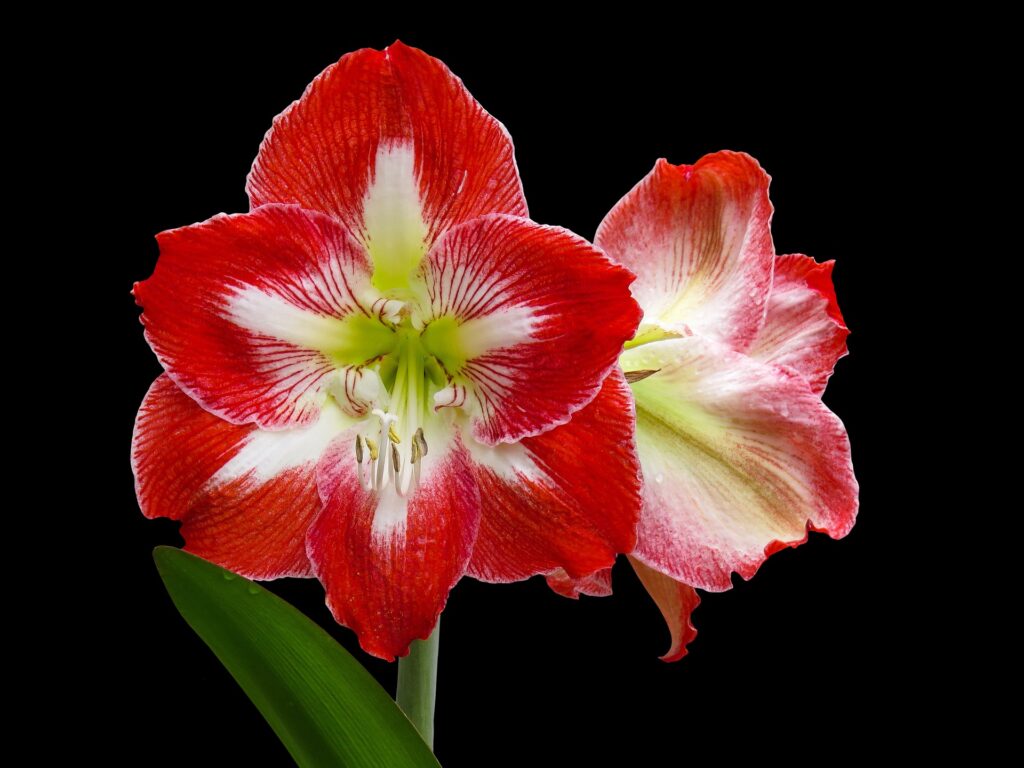
While typically grown indoors, amaryllis bulbs can also be planted outdoors in May in Zone 9. They prefer warm, sunny conditions and should be planted about 6-8 inches deep in nutrient-rich, well-drained soil. Optimal soil temperatures should be at least 70°F (21°C).
Water thoroughly after planting, then allow the soil to dry out between waterings. Fertilizing every few weeks will enhance blooming as flowers generally appear in late summer. Amaryllis blooms are large and striking, providing showy displays throughout the season.
Gladiolus (Gladiolus hortulanus)

Gladiolus is known for its tall flower spikes that bloom in various colors and are stunning as cut flowers. Plant corms in May, spacing them 4-6 inches apart in well-drained soil that is rich in organic matter. They thrive with full sun exposure and temperatures between 60°F and 90°F (15°C to 32°C).
Water gladiolus during dry spells, ensuring the soil remains consistently moist. Fertilizing every 4-6 weeks encourages robust growth and larger blooms. Gladiolus flowers typically bloom in mid- to late summer, making them a fantastic addition to floral arrangements.
Dahlia (Dahlia spp.)
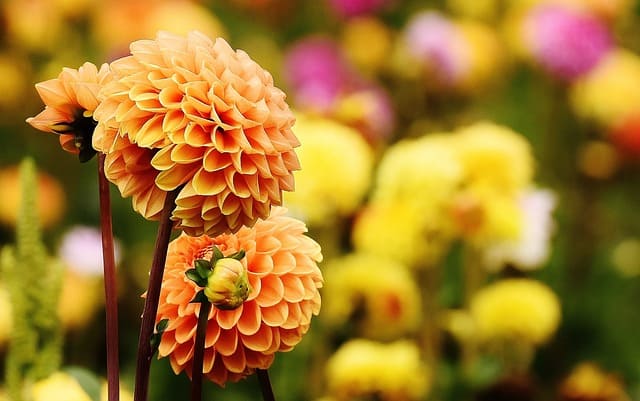
Dahlias are beloved for their stunning blooms, varying in shape and size, and are suitable for May planting. Space dahlia tubers around 18-inches apart in well-draining, enriched soil and ensure they are planted 6-8 inches deep. They thrive in full sun and prefer temperatures ranging from 60°F to 85°F (15°C to 29°C).
Keep the soil consistently moist as they develop, applying mulch to retain moisture. Fertilization every few weeks with a low-nitrogen fertilizer will support blooming. Expect an array of colors and shapes to emerge around late summer, enhancing your garden’s beauty.
Tuberose (Polianthes tuberosa)

Tuberose is appreciated for its fragrant flowers that make excellent cut flowers. Plant tubers in May, spacing them about 6-8 inches apart in well-drained soil that receives full sun. They thrive in temperatures between 70°F and 90°F (21°C to 32°C).
Maintain consistent soil moisture, but avoid overwatering to prevent bulb rot. Fertilizing with a balanced fertilizer once a month encourages lush growth and fragrant blooms, typically occurring in late summer to early fall.
Freesia (Freesia spp.)
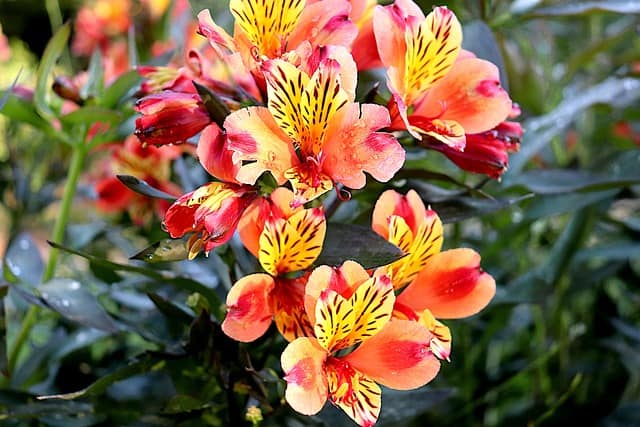
Freesias are known for their sweet fragrance and vibrant blooms. Best planted in May, they prefer well-drained soil and can thrive under full sun conditions. Plant them 3-4 inches deep, spacing them about 6 inches apart with an ideal temperature range between 50°F and 75°F (10°C to 24°C).
Water regularly to keep the soil moist but not drenched. Fertilize with a balanced formula every few weeks during their growing season to enhance flowering. Freesias bloom in late spring to early summer, providing fragrant accents to any garden.
Iris (Iris germanica)
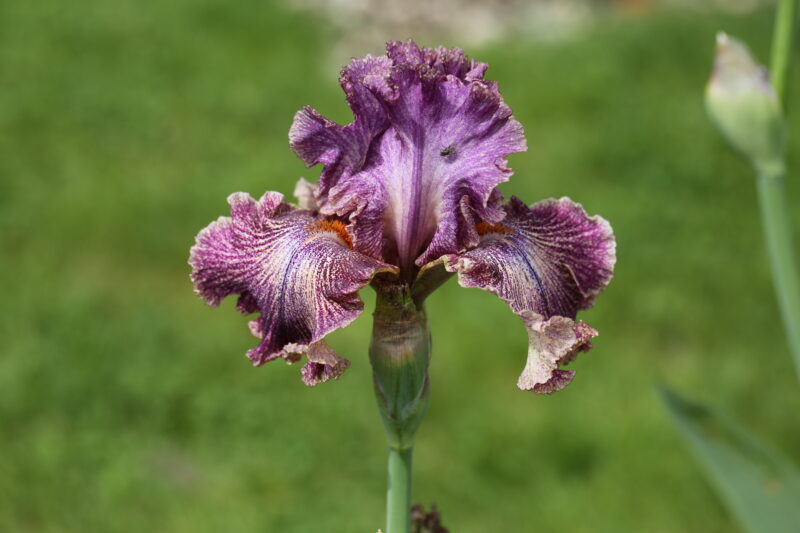
Iris bulbs are hardy and drought-resistant, making them a great addition to tropical gardens. Plant in May with spacing of about 12-18 inches apart in well-draining soil that receives full sun. They thrive at temperatures up to 85°F (29°C) and do best with slightly alkaline to neutral soil.
Water well, but let the soil dry out between watering sessions, as irises can suffer from root rot. Fertilize in early spring with a low-nitrogen formula to encourage strong blooms. Expect their striking flowers in late spring to early summer, adding elegance to your landscape.
Crocosmia (Crocosmia spp.)
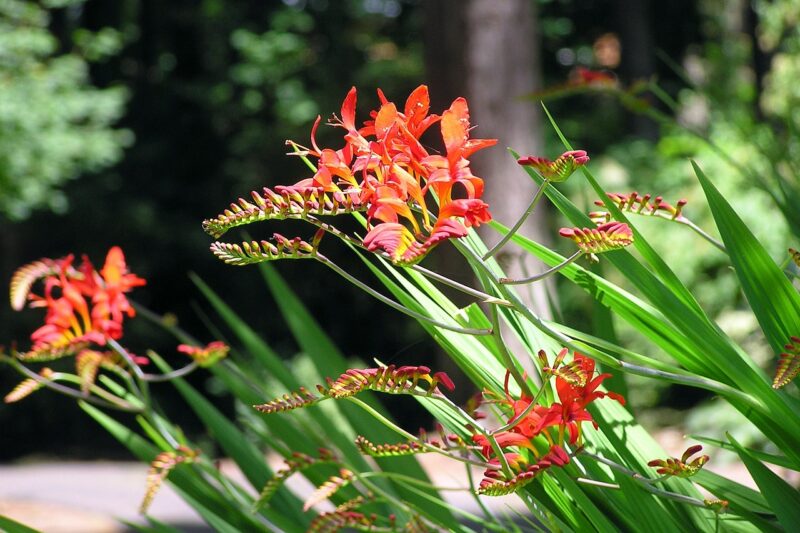
Crocosmia features arching leaves and bright, tubular flowers that attract hummingbirds. May is an excellent time to plant these bulbs. Plant them 3-4 inches deep, spacing them about 12-18 inches apart in well-draining soil under full sun conditions.
Water consistently to establish roots, allowing the soil to dry out between sessions. Fertilizing every few weeks during their growing season supports richer blooms. Crocosmia typically blooms in mid to late summer, providing a dramatic splash of color to gardens.
Autumn Crocus (Colchicum autumnale)
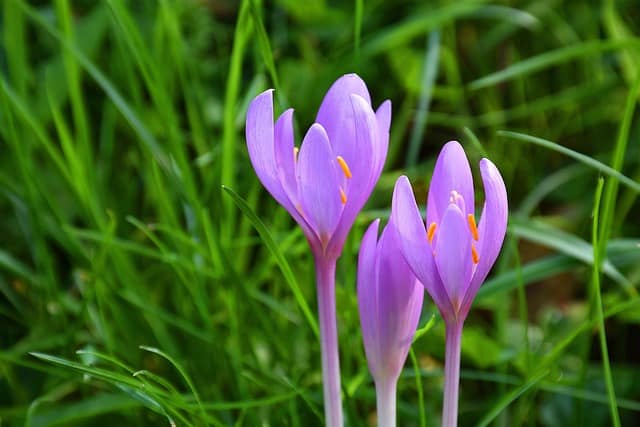
Although named for autumn blooms, these bulbs can be planted in May for a colorful display. Plant in well-drained soil with good sunlight, ideally spacing the bulbs around 6-8 inches apart. They thrive in temperatures up to 80°F (27°C).
These bulbs are drought-tolerant once established, requiring only moderate watering. Fertilizing in early spring can promote stronger growth. Expect blooms to appear in the fall, adding late-season color to your garden.
Tropical Fruits to Plant
May is a fantastic time for planting various tropical fruits that flourish in the warm climate of Zone 9. Here, we’ll discuss ten delectable fruit options with detailed information on planting, care, and optimal growing conditions.
Pineapple (Ananas comosus)
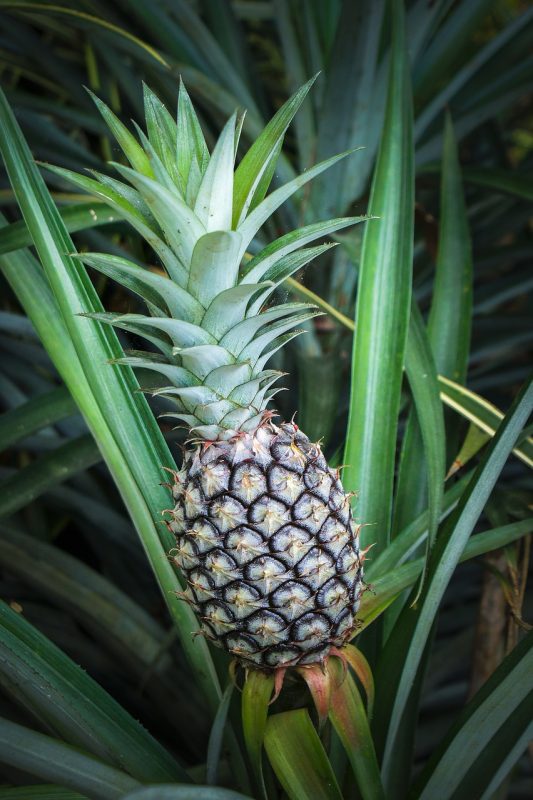
Pineapple plants thrive in warm weather and can be grown from the tops of store-bought fruit. Plant them in May where soil temperatures exceed 60°F (15°C) while preferring well-draining sandy soil. Choose a sunny spot for maximum growth; the pineapple tops should be placed upright in the soil.
Water young pineapple plants consistently, allowing the soil to dry slightly between waterings. Once mature, pineapple plants are drought-tolerant and only need water every few weeks. Regular fertilization every few months with a balanced organic fertilizer will enhance fruit production. Expect your first fruit within 18 to 24 months.
Mango (Mangifera indica)
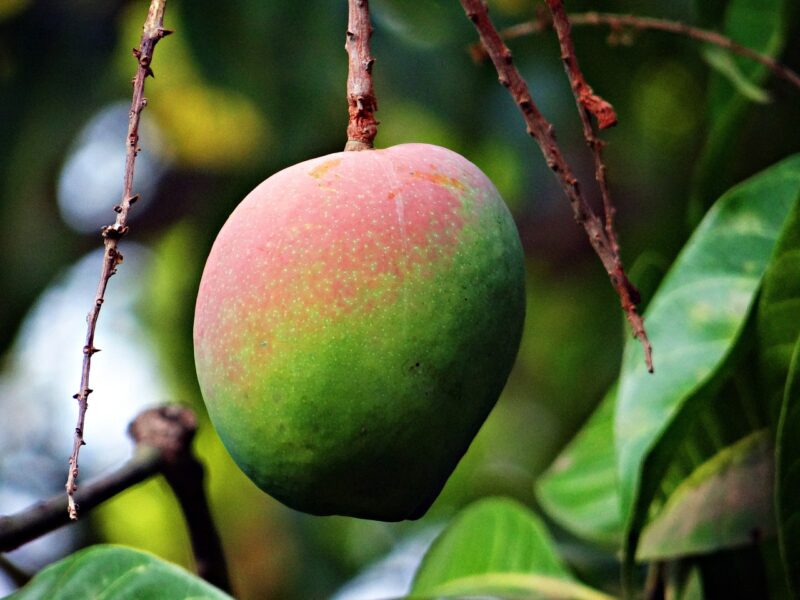
Mango trees flourish in hot and humid conditions and should be planted in May once nighttime temperatures consistently exceed 70°F (21°C). Plant young saplings in well-drained soil enriched with organic matter, spacing them at least 20-30 feet apart to accommodate their mature size.
Mangoes enjoy consistent watering until established but are drought-tolerant once mature. Fertilize three times a year with a balanced fertilizer to promote fruiting. Seeds can take 4-6 years to bear fruit, while grafted trees may yield fruit in 3-4 years, representing a rewarding endeavor.
Papaya (Carica papaya)
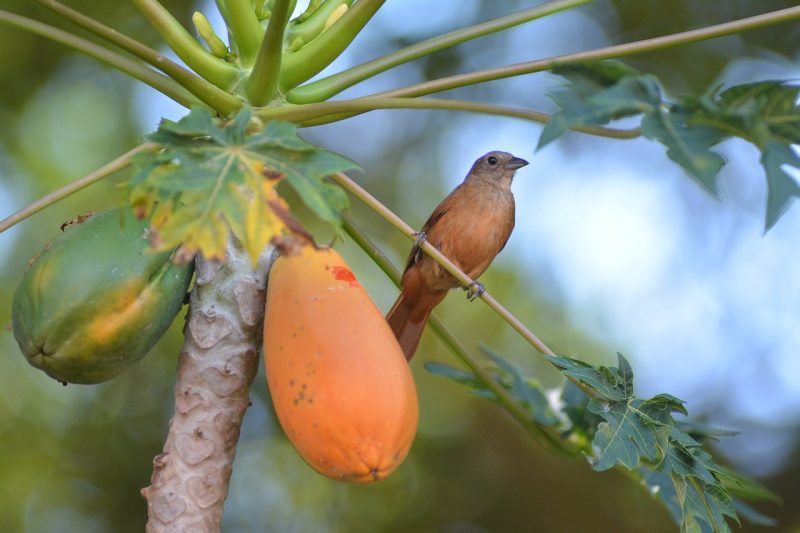
Quick-growing papaya trees can produce fruits within a single year if planted in May. They prefer full sun and grow best in rich, well-draining soil. Dig a hole large enough to accommodate the roots, planting the seedlings 6-8 feet apart.
Water consistently during dry spells to ensure the trees establish healthy roots. Fertilize monthly with a balanced fertilizer, catering to their nutrient requirements. With proper care, you can expect fruit production within 6-12 months, with delicious papayas ready for harvesting.
Passionfruit (Passiflora edulis)
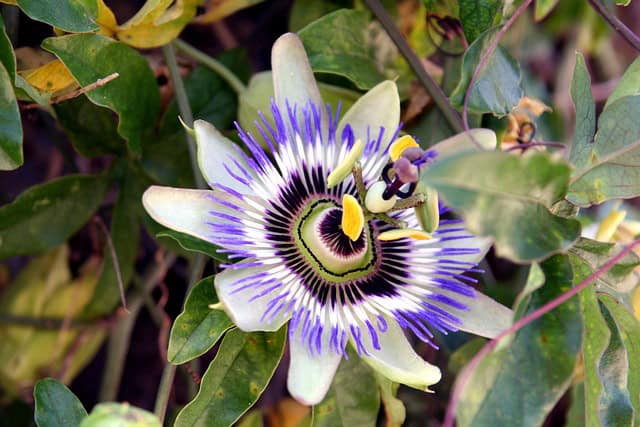
Passionfruit vines produce fragrant fruits and beautiful flowers, thriving in warm climates. Plant in May to ensure that the soil is warm, and space them about 6-10 feet apart for optimal climbing. They prefer well-draining soil and full sun exposure.
Water young plants consistently but then reduce frequency as they establish. A monthly balanced fertilizer will promote healthy growth and fruiting. You’ll enjoy blooming vines and fruit clusters typically within 60-90 days.
Banana (Musa spp.)
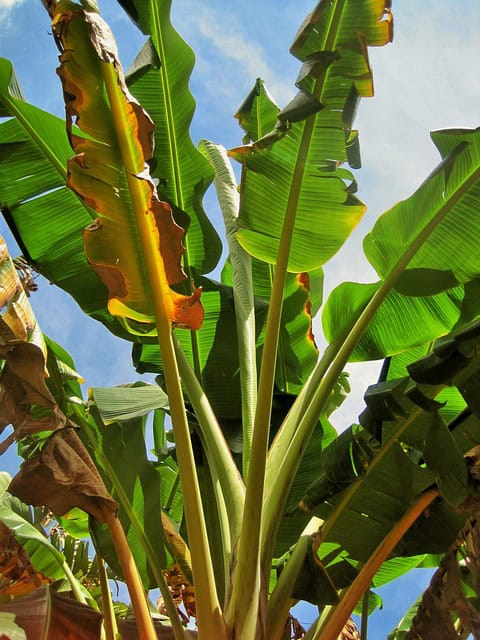
Banana plants are known for their abundant yield in tropical climates and should be planted in May when soil temperatures are reliable above 65°F (18°C). Set suckers or corms into well-drained, rich soil, leaving ample space of at least 6-8 feet between each plant.
Water regularly to ensure healthy growth and maintain a humidity level around the base of the plants. Fertilize with a potassium-rich fertilizer to support growth. Expect a banana harvest within 9-12 months.
Guava (Psidium guajava)
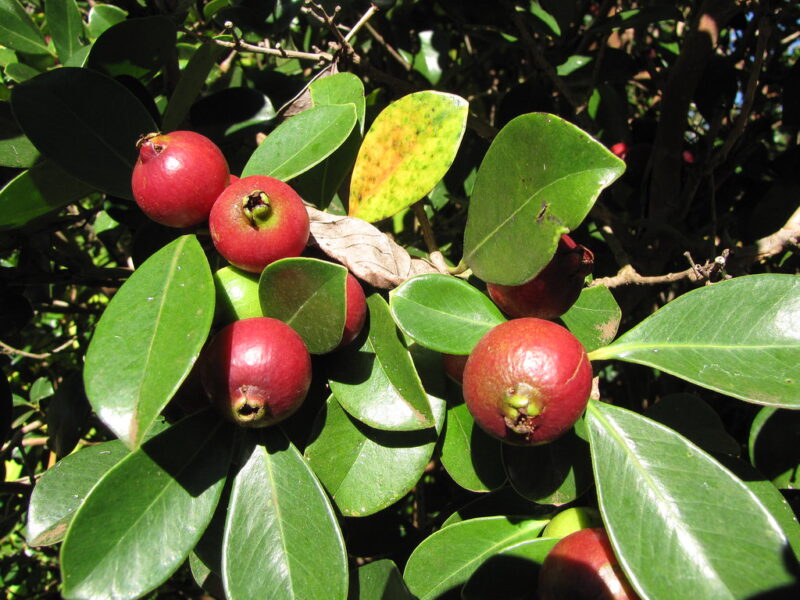
Guava trees are adaptable and grow well in Zone 9. Plant young trees in May, spacing them about 10-15 feet apart with full sun exposure. These trees prefer rich, well-drained soil, ideally with a slight acidity.
Water young trees regularly but ensure the soil dries out between waterings. Fertilizing with a balanced organic fertilizer every few months encourages robust growth. Guavas typically bear fruit 2-4 years after planting, rewarding diligent gardeners with sweet, juicy fruits.
Lychee (Litchi chinensis)
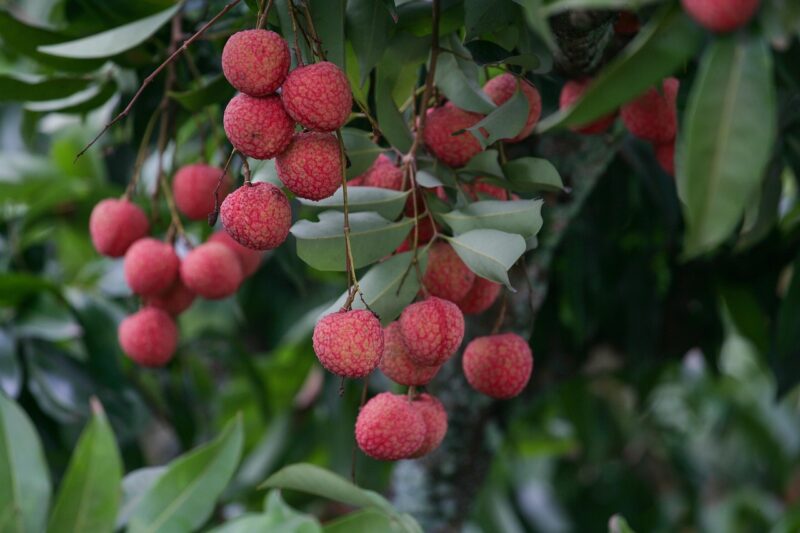
Lychee trees thrive in tropical climates, preferring warm temperatures between 65°F and 100°F (18°C to 38°C). Plant young trees in May, ensuring well-drained, fertile soil with ample sunlight. Space them at least 15-30 feet apart for optimal growth.
Water consistently during dry spells and maintain humidity levels using mulch around the base. Fertilize annually with a balanced organic fertilizer to support fruit production. After about 4-5 years, expect sweet, fragrant lychees that are a delight to eat.
Fig (Ficus carica)
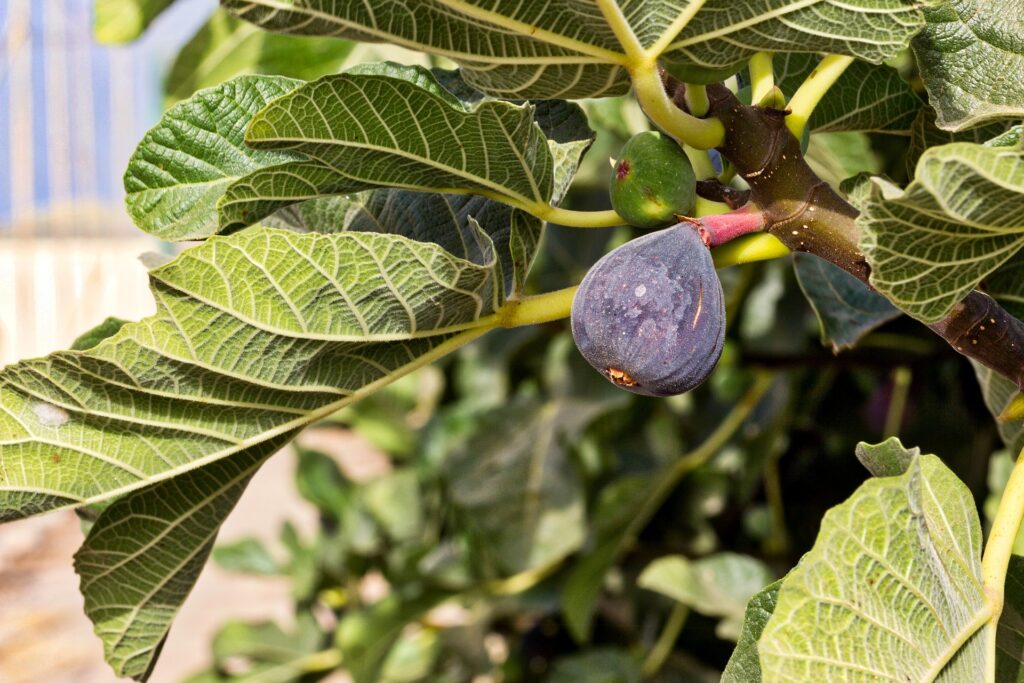
Figs grow well in warm climates and should be planted in May when soil temperatures remain warm. Choose a sunny spot in your garden, spacing trees about 10-15 feet apart. Fig plants enjoy well-drained soil enriched with organic matter.
Regular watering is vital while the plants establish but reduce watering frequency once fig trees mature. Fertilizing in early spring with a balanced fertilizer supports healthy growth. Expect fruit within 3-5 years, with figs ripening in late summer.
Starfruit (Averrhoa carambola)
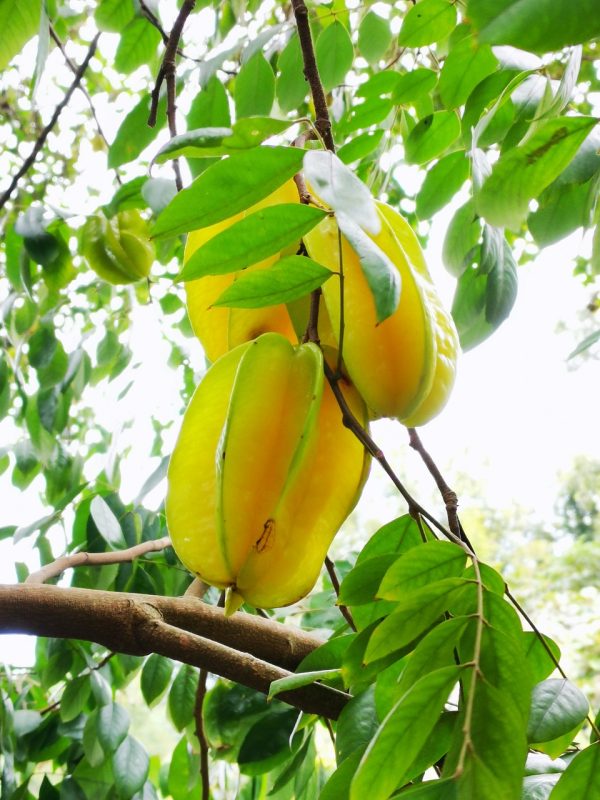
Starfruit trees produce unique, star-shaped fruits that are visually appealing and delicious. Plant seeds or young trees in May in well-drained, fertile soil, spacing them about 15-20 feet apart for optimal growth.
Ensure consistent watering, particularly in the early stages, and consider adding mulch to retain soil moisture. An annual balanced fertilizer will support fruit production. Starfruit typically matures within 3-5 years, providing harvests of sweet, tangy fruit.
Pomegranate (Punica granatum)
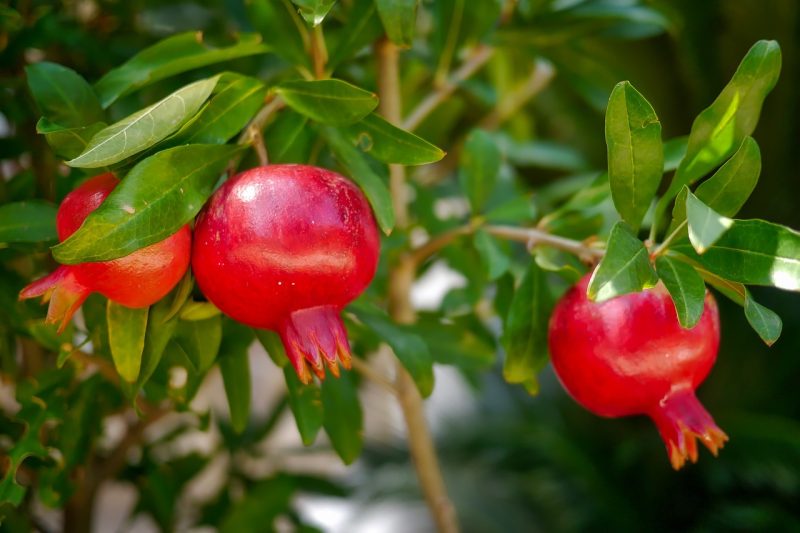
While not exclusively tropical, pomegranates are resilient and can thrive in Zone 9. They prefer well-draining soil and should be planted in full sun in May, spaced around 10-12 feet apart.
Regular watering is essential while the plants are young; once established, pomegranates are drought-tolerant. Fertilizing in late winter with a balanced organic fertilizer supports blooming and fruit production. Expect fruit within 3-4 years of planting.
Herbs To Plant
Herbs are a fantastic addition to any garden, providing culinary benefits and aromatic fragrances. Here are ten herbs ideal for planting in May in Zone 9, with detailed planting and care tips.
Basil (Ocimum basilicum)
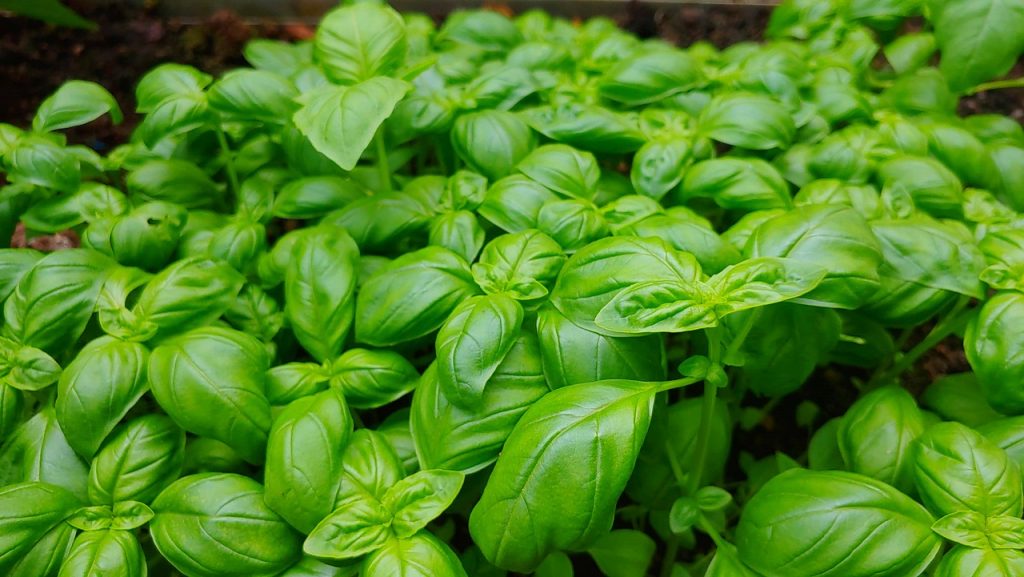
Basil thrives in warmth, making May perfect for planting. This herb prefers full sun and well-drained soil, with optimal temperatures between 60°F and 90°F (15°C to 32°C). Start seeds indoors and transplant them when the soil is warm, spacing plants about 12 inches apart.
Water regularly and mulch to maintain moisture levels. Harvest leaves regularly to encourage bushier growth and prevent flowering, which can make them bitter. Typical harvest occurs within 60-90 days, providing fresh herbs for use in various culinary dishes.
Cilantro (Coriandrum sativum)
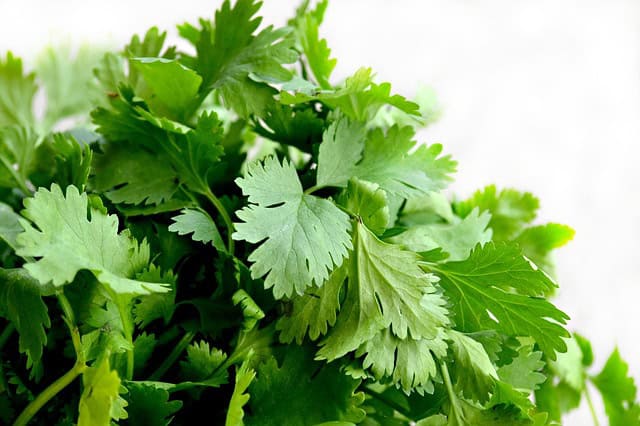
Cilantro prefers cooler weather and can be sown in late spring before hot summer temperatures arrive. Plant seeds in May, spacing them about 6 inches apart in well-drained soil. Aim for partial shade if the heat becomes too intense, especially in mid-summer.
Water consistently to keep soil moist but not waterlogged. This herb grows quickly, and you can start harvesting leaves often within 3-4 weeks after planting, ideal for adding fresh flavor to dishes.
Chives (Allium schoenoprasum)
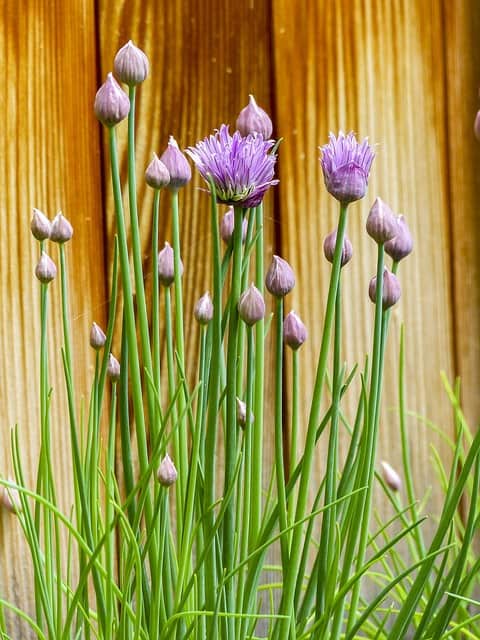
Chives are hardy and thrive in various conditions. Plant them in May in well-draining soil with good sunlight, spaced about 12 inches apart. Chives prefer temperatures from 60°F to 80°F (15°C to 27°C) and grow well in raised beds or containers.
Water regularly, allowing the soil to dry out slightly between waterings. Fertilize occasionally with a balanced fertilizer to enhance growth. Harvest chives regularly to encourage continuous growth, enjoying their mild onion flavor throughout the growing season.
Oregano (Origanum vulgare)
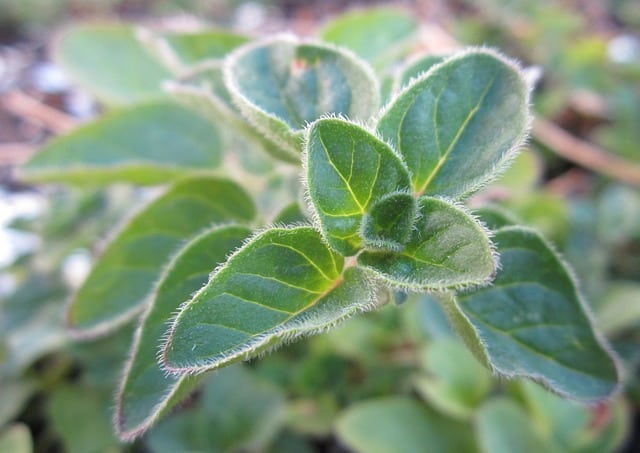
Oregano loves heat, making May prime planting time. Choose a sunny area and prepare well-draining soil, planting seeds or seedlings about 12 inches apart. Oregano thrives in temperatures of 60°F to 90°F (15°C to 32°C).
Water consistently until established, then reduce frequency—this herb prefers slightly drier conditions! Fertilize only once or twice during the growing season to avoid promoting excessive foliage at the expense of flavor. Harvest leaves regularly for culinary use as they mature, around 70-90 days post-planting.
Thyme (Thymus vulgaris)
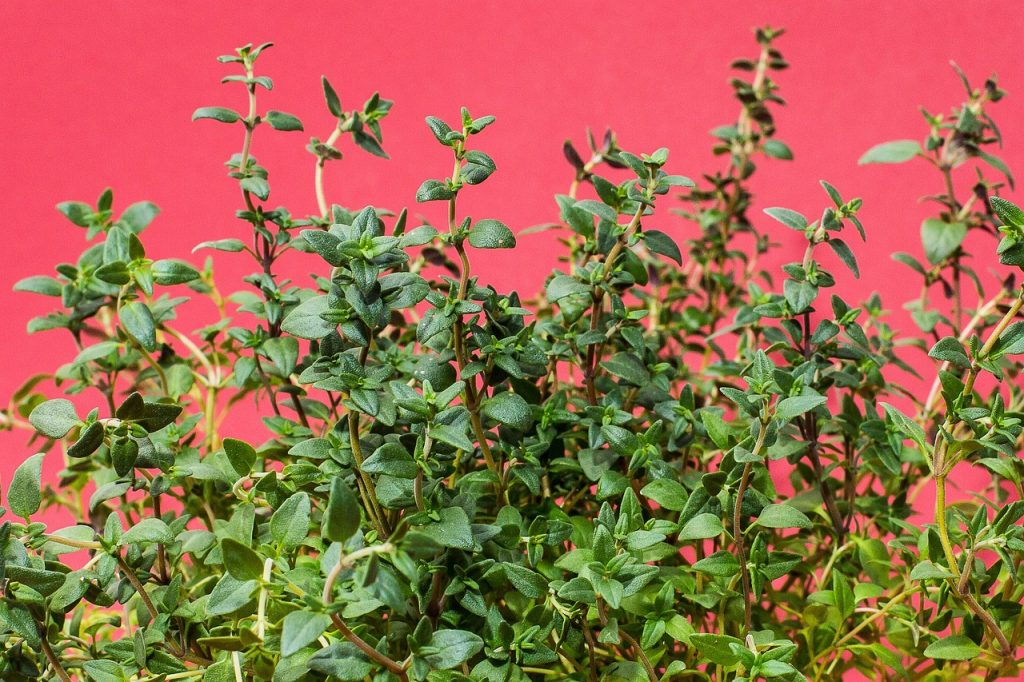
Thyme can be planted in May, favoring well-drained soil and full sun. Space plants about 12-18 inches apart, aiming for soil temperatures between 60°F to 85°F (15°C to 29°C). This herb prefers dry conditions and tolerates drought well.
Water regularly as your plants establish themselves; mulch can help with moisture retention. Fertilize once in early spring to maintain nutrient balance. When the thyme starts to flower, regular harvesting of stems will support healthy growth. Expect to enjoy fresh thyme within 60-80 days.
Mint (Mentha spp.)
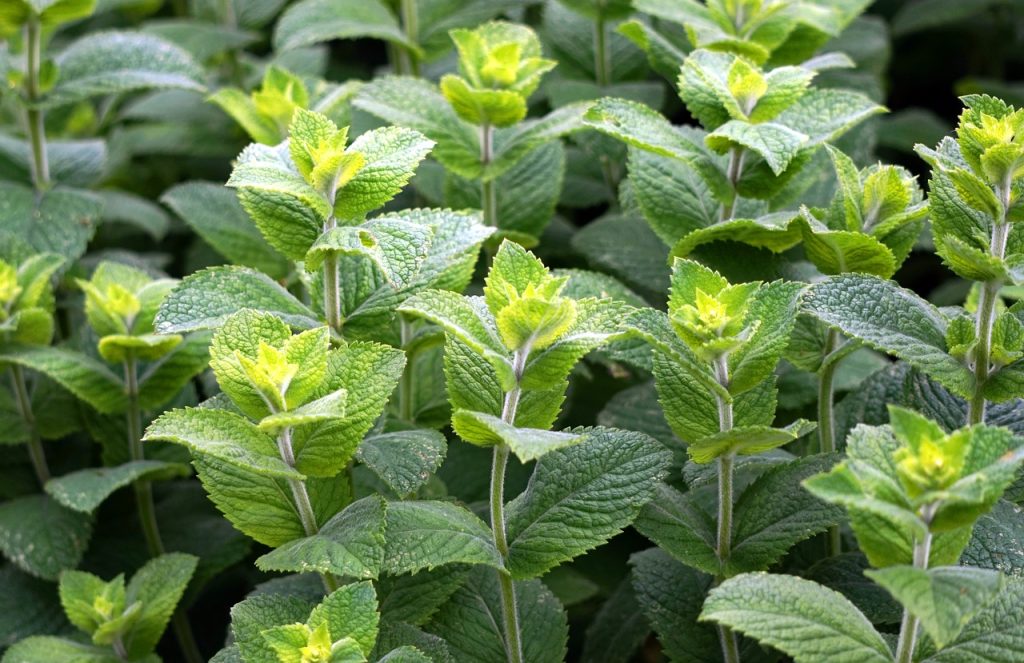
Mint grows vigorously and can be grown conveniently in containers or garden beds. Plant in well-drained soil in May, allowing 12-18 inches of space between plants. Mint prefers partial shade during hot months and ought to be planted in soil that retains moisture.
Regular watering is essential, but mint can be overwatered easily; ensure your pots or garden bed have proper drainage. To control spread and maintain access to fresh herbs, trim back aggressively when needed. Mint is ready to use in just a few weeks after planting.
Rosemary (Rosmarinus officinalis)
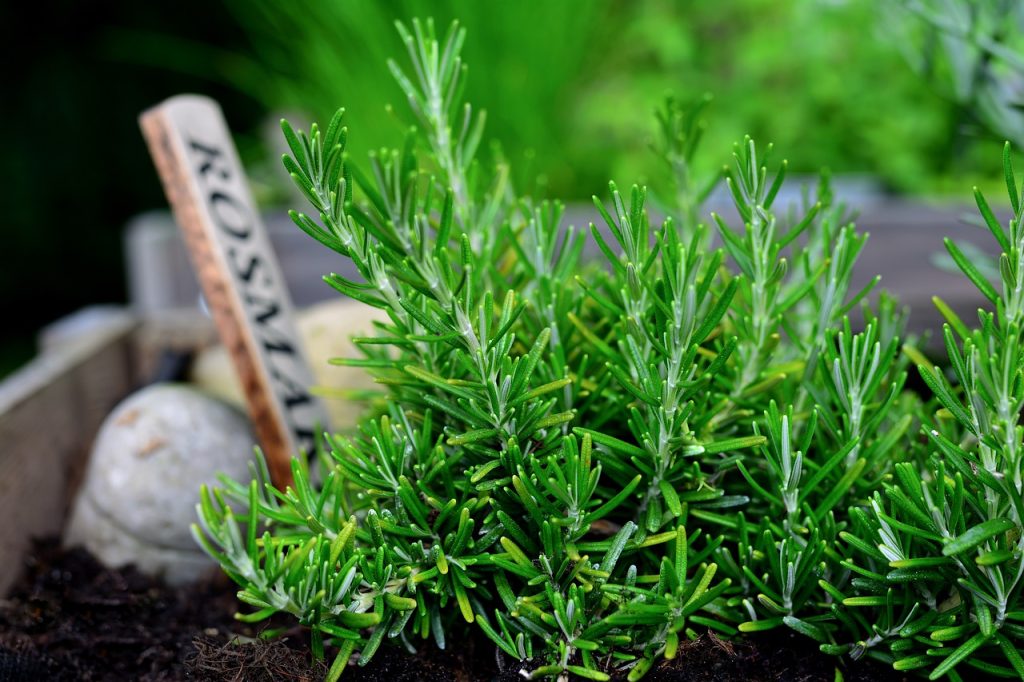
Rosemary is a hardy herb that thrives in warm climates, ideally suited for May planting. Space seedlings about 18-24 inches apart in well-drained soil rich in organic matter. Rosemary enjoys full sun and temperatures ranging from 60°F to 90°F (15°C to 32°C).
Water regularly but allow the soil to dry out between watering, as rosemary prefers drier conditions. Fertilize once in early spring to maintain healthy growth. Rosemary is typically ready for harvest within 90 days and will provide fresh aromas for your culinary endeavors.
Sage (Salvia officinalis)
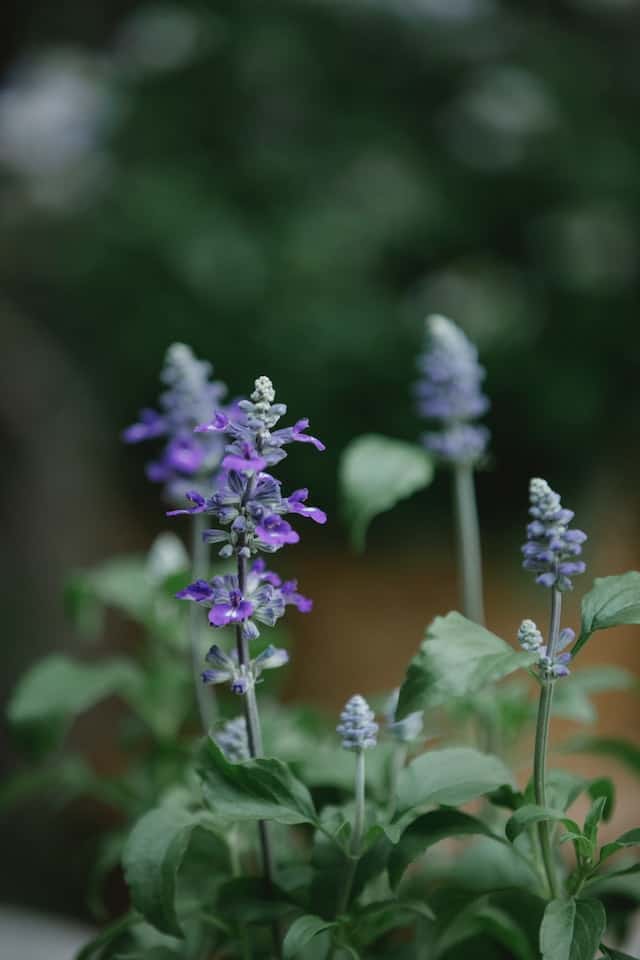
Sage can be planted in May to thrive in hot weather. Choose a sunny location with well-draining soil, planting seeds or seedlings about 12-18 inches apart. Sage prefers temperatures between 70°F and 90°F (21°C to 32°C) for optimal growth.
Water moderately and apply compost or organic fertilizer during the growing season to support robust growth. Harvesting will encourage fuller growth; you can begin enjoying sage within 60-70 days of planting.
Dill (Anethum graveolens)
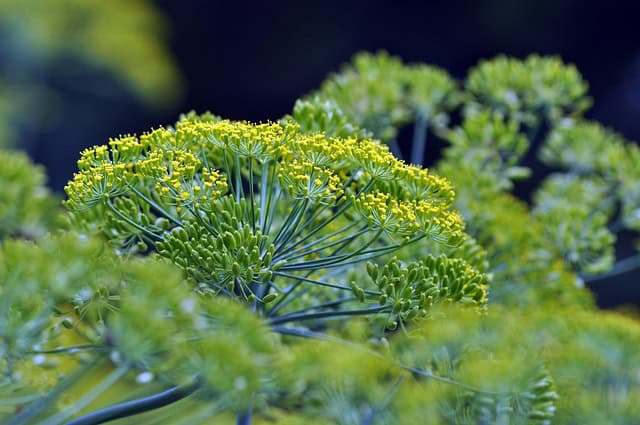
Dill can add unique flavors to dishes but prefers cooler conditions; however, it can still be planted in May with some shelter to protect against summer heat. Space seeds about 12 inches apart in well-draining soil.
Water consistently, especially in the early stages of growth. The rapid germination of dill allows for early harvesting of leaves after just 3-4 weeks, though the flowers and seeds can be harvested later in the summer.
Lemon Balm (Melissa officinalis)
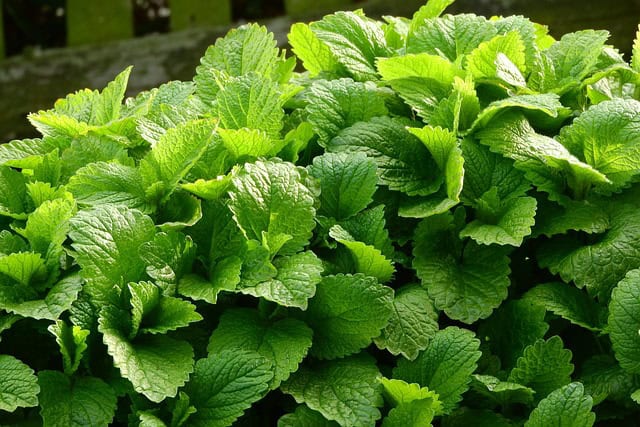
Lemon balm thrives in warmer temperatures, making it easy to grow in May. Plant seeds or seedlings about 12-18 inches apart in well-drained soil enriched with compost. It prefers full sun but will also flourish in partial shade.
Water regularly to maintain moisture but avoid waterlogging the roots. Fertilizing every few months can enhance growth. Leaf harvesting can start within a few weeks; enjoy the incredible citrus fragrance while attracting beneficial insects to your garden.
Tropical Landscape Plants To Plant
Creating a stunning landscape begins with choosing the right plants. Here are ten tropical landscape plants that are perfect for planting in May in Zone 9, along with detailed guidance on their requirements and care.
Croton (Codiaeum variegatum)
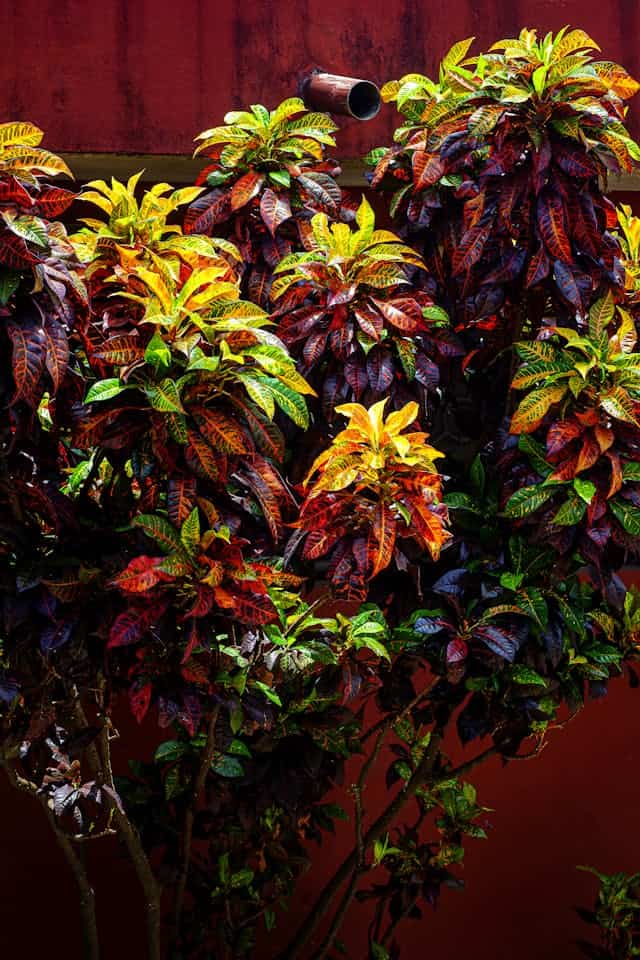
Known for their stunning foliage, crotons provide vibrant colors and are excellent for tropical landscapes. Plant them in a sunny location in well-draining soil, spacing them about 3 feet apart. Ideal temperatures range from 70°F to 95°F (21°C to 35°C).
Water consistently during the establishment phase but allow the soil to dry out slightly between waterings after they mature. They require minimal fertilization, only needing a balanced fertilizer every few months. Crotons can be pruned back to maintain desired shapes, allowing for ongoing vibrancy in your garden.
Caladium (Caladium bicolor)

Caladiums offer remarkable leaf colors and patterns, providing an exotic feel to gardens. Plant caladium bulbs in May in moist, rich, well-draining soil with partial to full shade exposure. Space bulbs about 12 inches apart, burying them 4-5 inches deep.
Keep the soil consistently moist, especially during their growing season, and avoid letting it dry out completely. Fertilizing once a month with a balanced fertilizer encourages stunning foliage throughout summer. The vibrant colors will elevate your landscaping in warmer months.
Kentia Palm (Howea forsteriana)

The Kentia palm adds a tropical touch and can thrive in various conditions. Plant young trees in May in well-draining soil, with plenty of light. Space them appropriately to allow for their mature size—commonly around 10-15 feet apart.
Regular watering is required, particularly until established, but they also tolerate occasional dry spells. Fertilize in early spring to promote growth and resilience. Kentia palms are elegant accents in beds and containers, providing tropical aesthetics year-round.
Hibiscus (Hibiscus spp.)
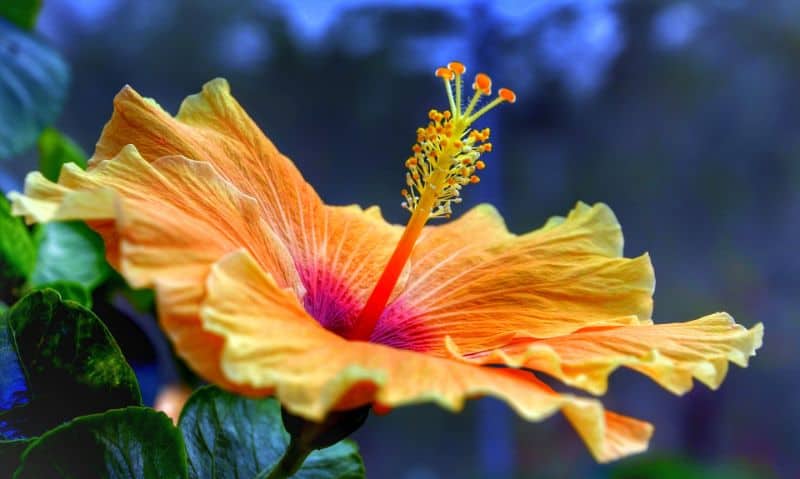
In addition to their vibrant flowers, hibiscus can serve as focal points in gardens. Plant in well-drained soil enriched with organic materials in May for rapid growth. Hibiscus plants thrive best with full sun exposure and should be spaced at least 4-6 feet apart.
Regular watering is crucial, especially during dry periods; consider applying mulch for moisture retention. Fertilizing every 4-6 weeks during the growing season will improve blooms. These perennial plants will showcase spectacular flowers and absolutely brighten your garden.
Bird of Paradise (Strelitzia reginae)
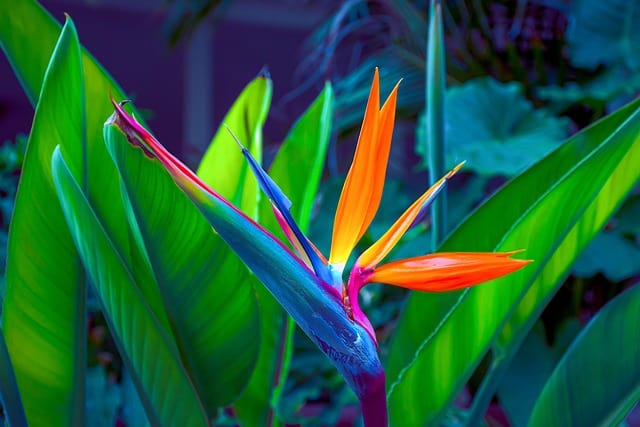
The Bird of Paradise plant resembles the colors of a tropical bird and is an excellent choice for a striking garden feature. Plant in May, ensuring you have rich, well-drained soil and full sun exposure. Space plants at least 3-4 feet apart, giving them ample room to grow.
Water regularly during establishment, decreasing frequency once the plants are rooted in. Fertilize every few months for lush growth and maintain trimmings when necessary. With care, Bird of Paradise plants will reward you with unique blooms that attract pollinators.
Bromeliad (Bromeliaceae family)
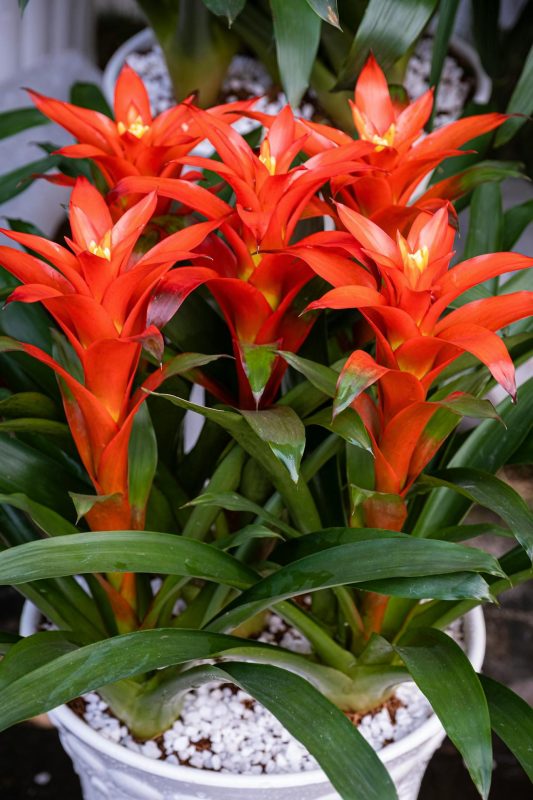
Bromeliads make excellent ornamental plants thanks to their unique forms and vibrant colors. Plant bromeliads in May in well-draining but moisture-retaining soil; they thrive anywhere from full sun to partial shade.
Regular watering is essential—keep the soil evenly moist and provide humidity for the plants. Fertilizing sparingly with an organic fertilizer will enhance overall growth. Bromeliads can add an exotic touch to your landscape and require minimal care.
Cordyline (Cordyline fruticosa)

Cordyline, or ti plants, are known for their spectacular foliage. Plant them in well-drained soil in May, spacing them 3-4 feet apart. They thrive in temperatures between 60°F and 85°F (15°C to 29°C), needing full sun exposure.
Water regularly; these plants need well-maintained moisture but cannot tolerate standing water. Fertilizing every few months encourages vibrant colors, and periodic trimming will support bushy growth. Cordyline plants produce lush foliage that can transform any space.
Shady Lady Fern (Nephrolepis exaltata)
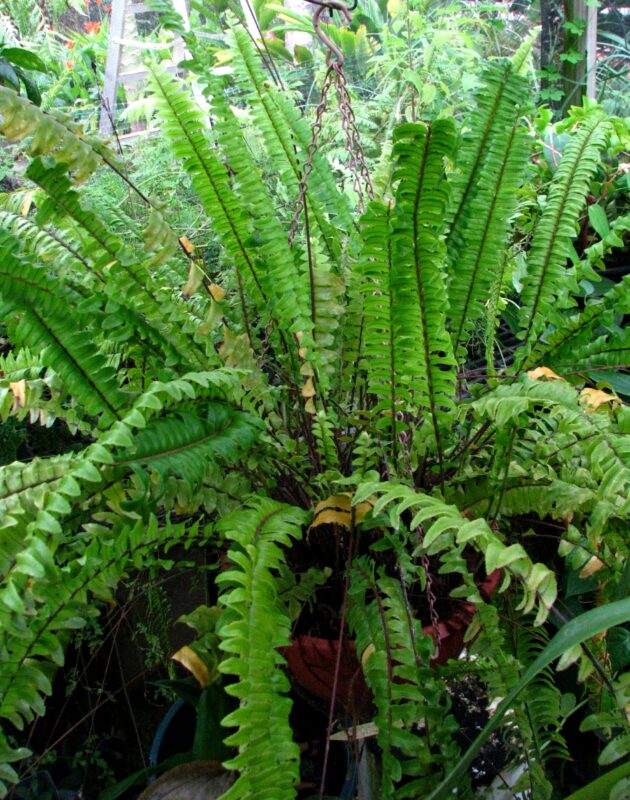
This beautiful fern can thrive in various conditions, making it great for shaded areas. Plant Shady Lady ferns in May, in rich, well-drained soil. With temperatures between 60°F and 85°F (15°C to 29°C), they prefer partial to full shade.
Water consistently to maintain humidity around the roots; ferns thrive on moisture. Fertilize twice during the growing season with a balanced fertilizer to support graceful growth. These ferns provide lush greenery, elevating shaded spots in the garden or near pathways.
Canna Lily (Canna indica)

As mentioned earlier, cannas offer vibrant color and foliage for any landscape. Plant canna tubers in May, spacing them well, so they have room to grow (about 18-24 inches apart). They do best in warm temperatures and rich, well-draining soil.
Regular watering helps retain moisture; excessive dryness can cause wilting. Fertilize every four weeks with a balanced formula to promote blooming. These plants will reward gardeners with abundant, bright blooms throughout the summer.
Bougainvillea (Bougainvillea spp.)

Bougainvillea is versatile, effective as ground cover or climbing structures, and provides a riot of color. Planting in May allows them to take full advantage of the warm temperatures. Ensure well-drained soil and position them in full sun.
Water young plants deeply until established; then, reduce watering frequency. Every few months, apply a general-purpose fertilizer; bougainvillea prefers slightly drier conditions. Pruning will manage their size and support more vibrant blooms as they begin to climb.
FAQ
When should I start planting in Zone 9?
In Zone 9, it is generally safe to start planting after the last frost date, usually in late March or early April. However, May is a perfect time for planting specific tropical vegetables, flowers, fruits, and herbs.
What flowers should I avoid planting in May?
While many flowers thrive in warm temperatures, some may struggle with the increased heat typical in late spring and summer. Avoid planting cool-season flowers, such as pansies or snapdragons, which may not withstand higher temperatures.
Can I grow tropical vegetables in containers?
Yes! Many tropical vegetables can thrive in containers, especially in smaller varieties. Ensure the containers are large enough to support healthy root growth and use a high-quality potting mix.
How do I care for my newly planted tropical plants?
Newly planted tropical plants require consistent watering to establish a robust root system. Pay attention to each plant’s specific sunlight and moisture requirements. Adding mulch can help retain moisture and protect roots from extreme heat.
Are there any pests I should be aware of in my tropical garden?
Tropical gardens may attract pests such as aphids, spider mites, and whiteflies. Regularly check plants, and consider using organic pest control methods or introducing beneficial insects to manage pest populations.


